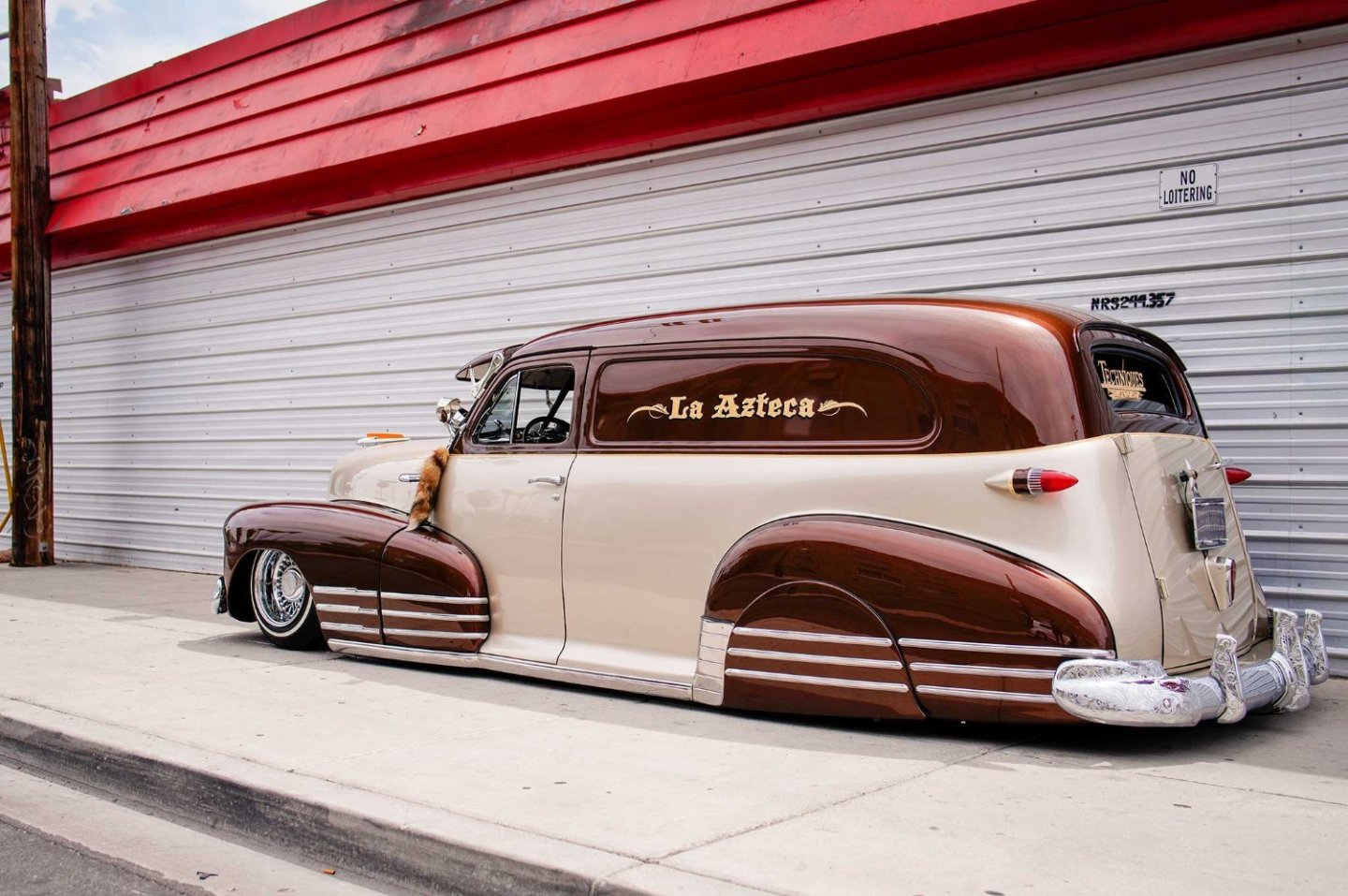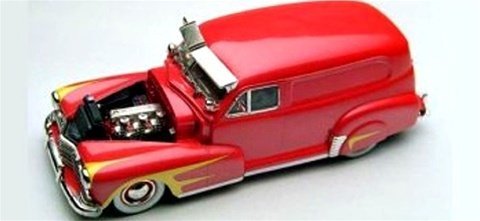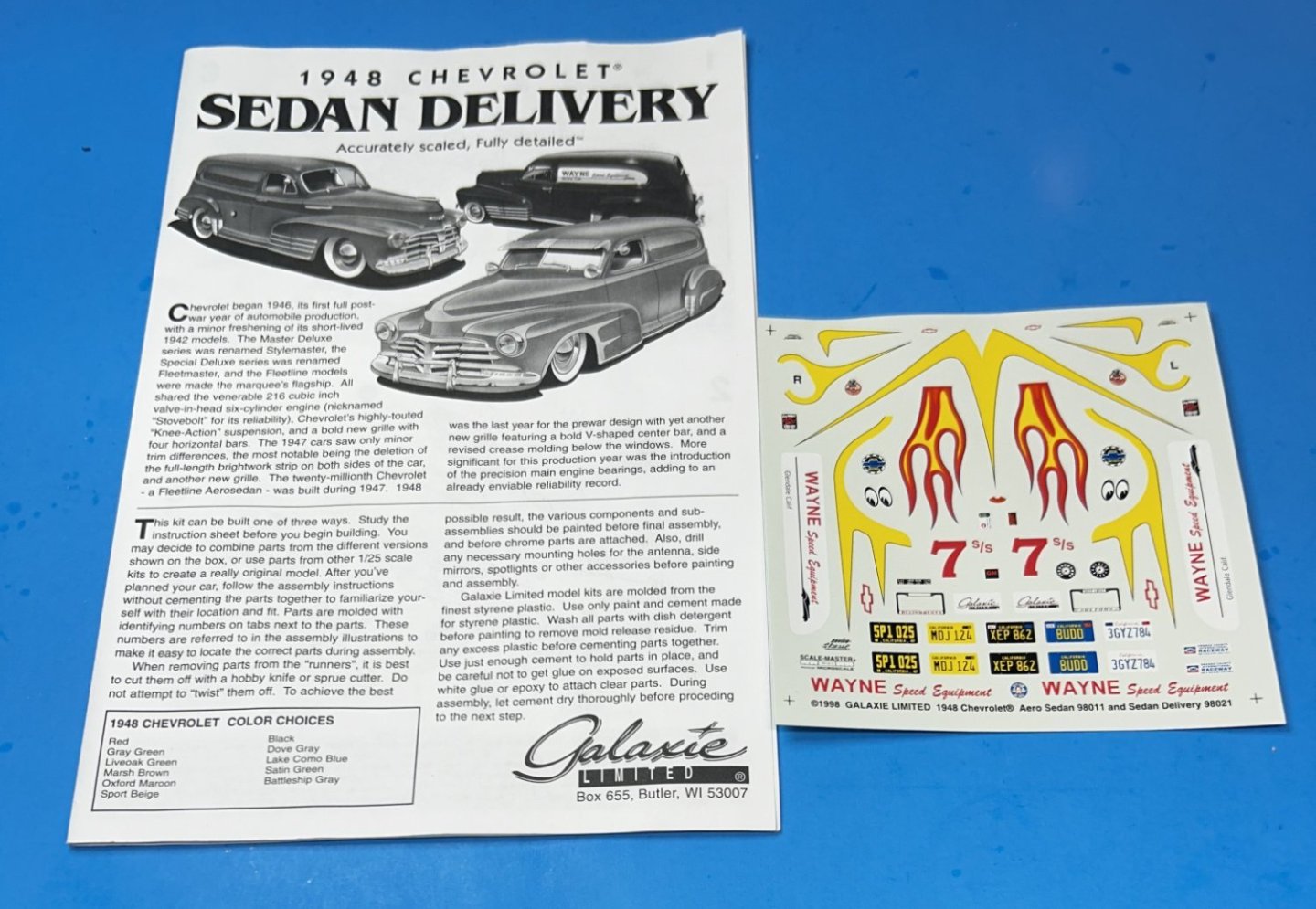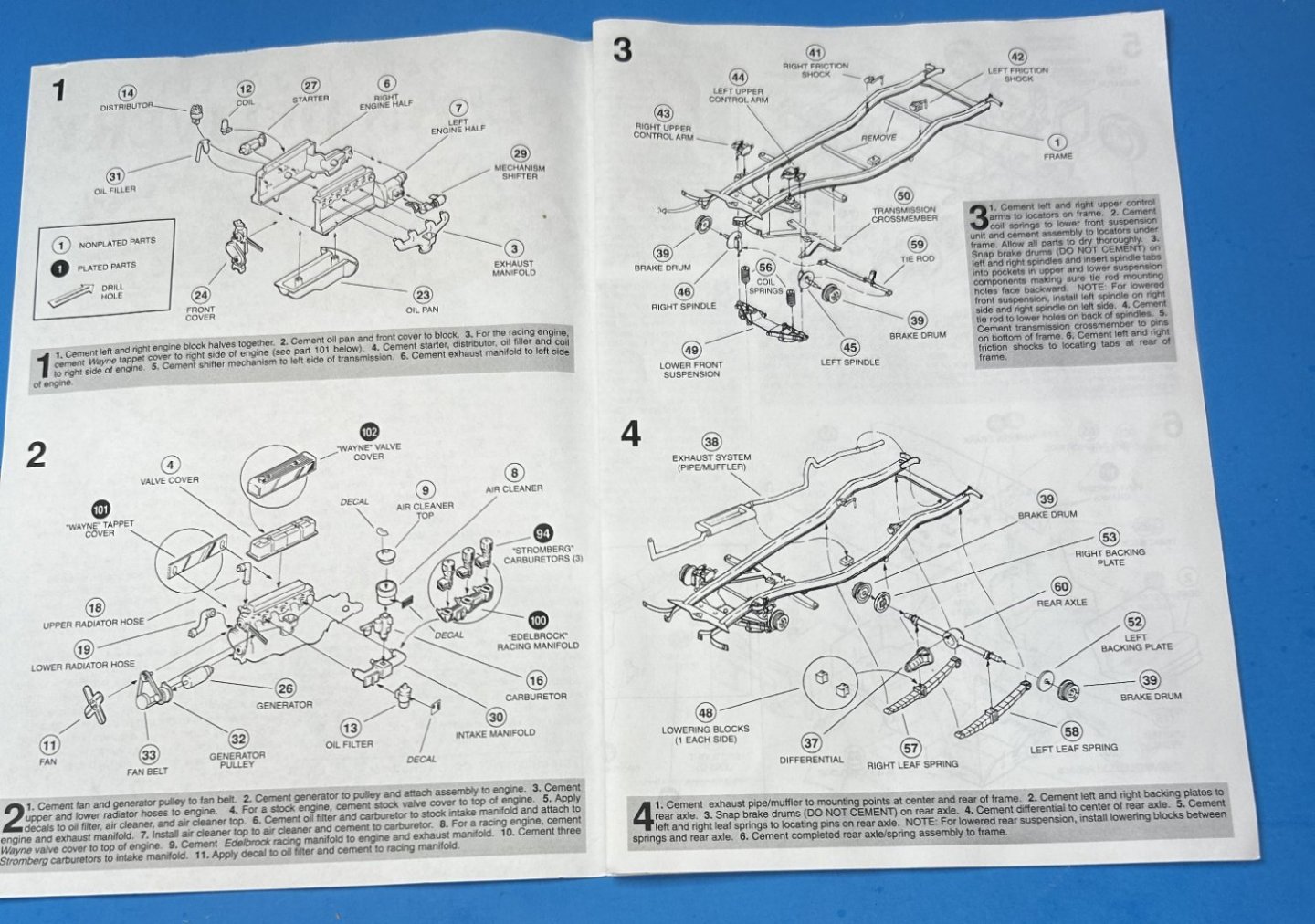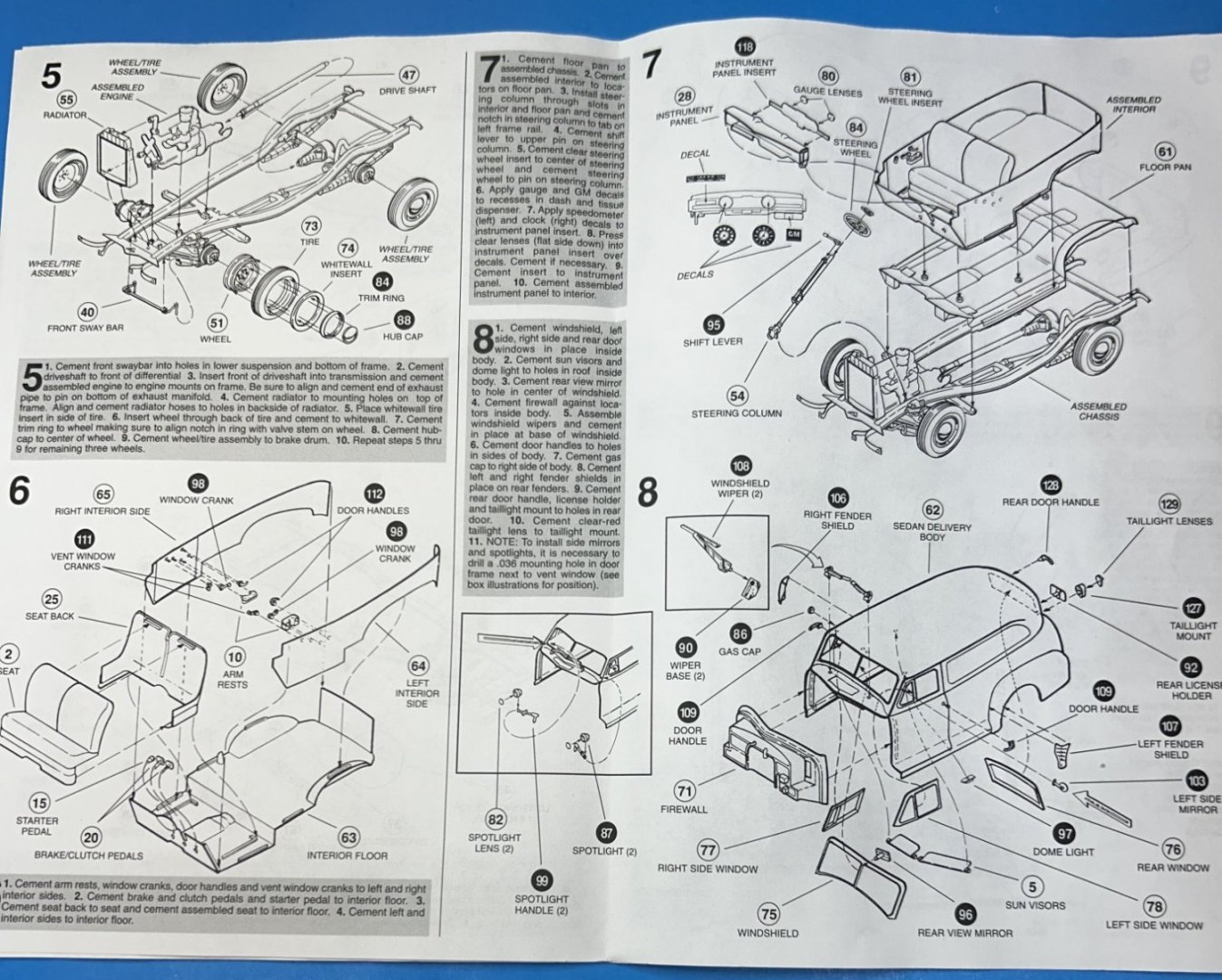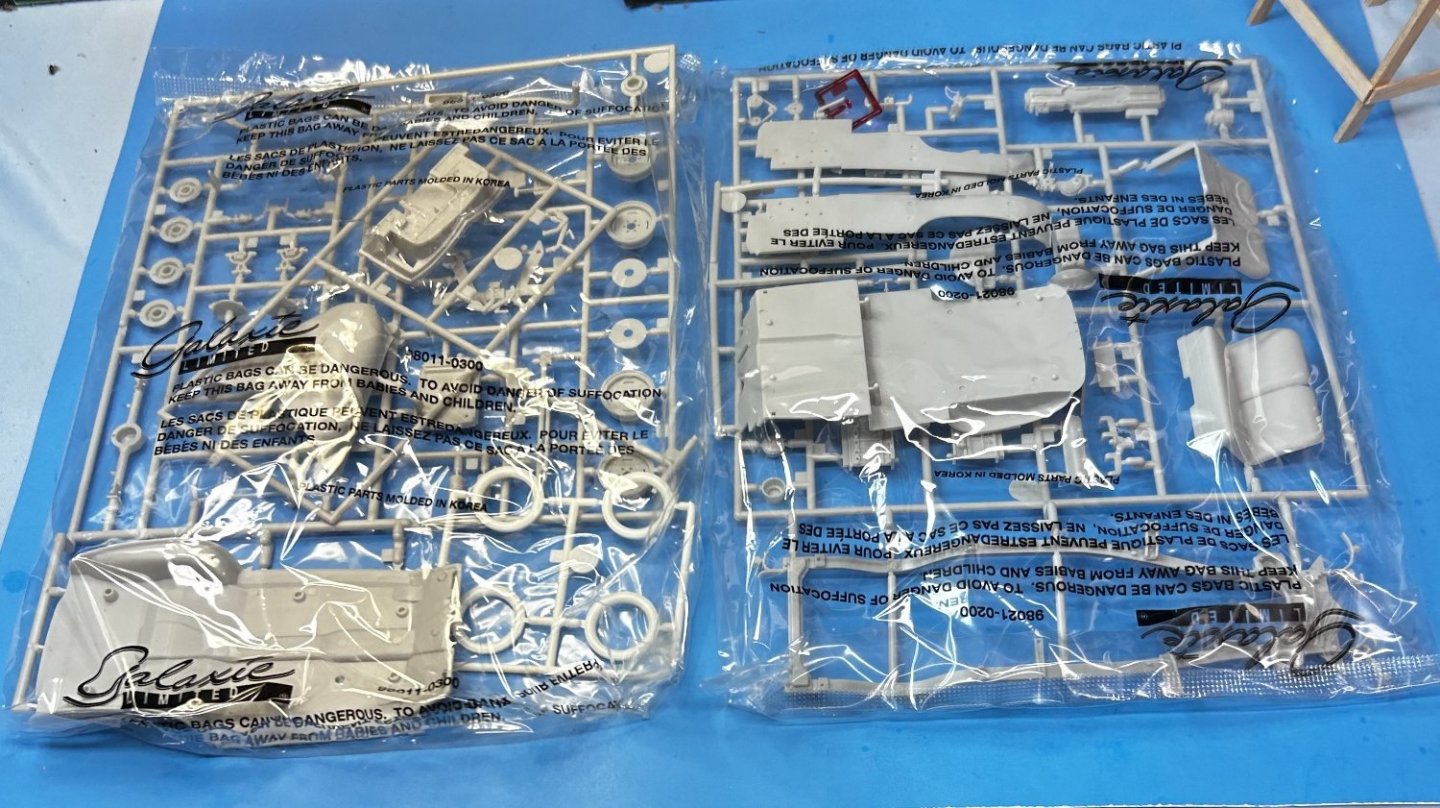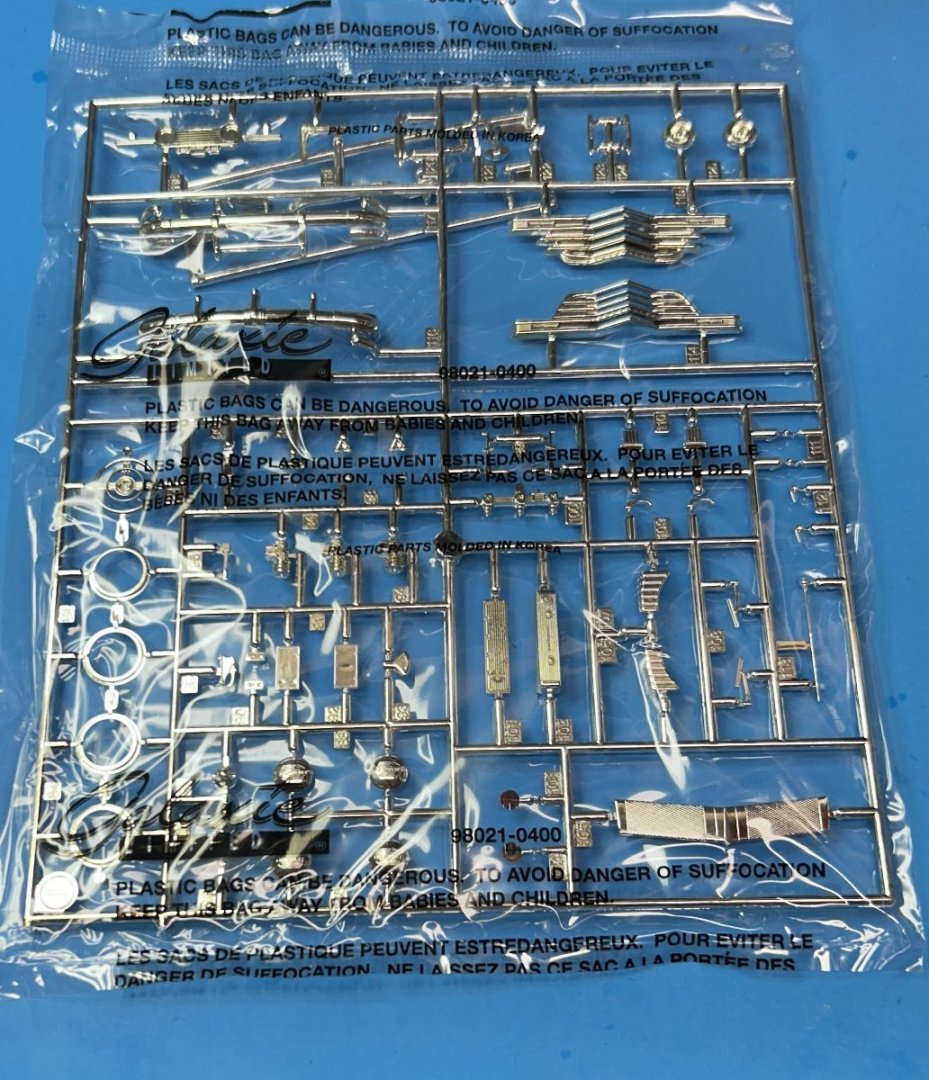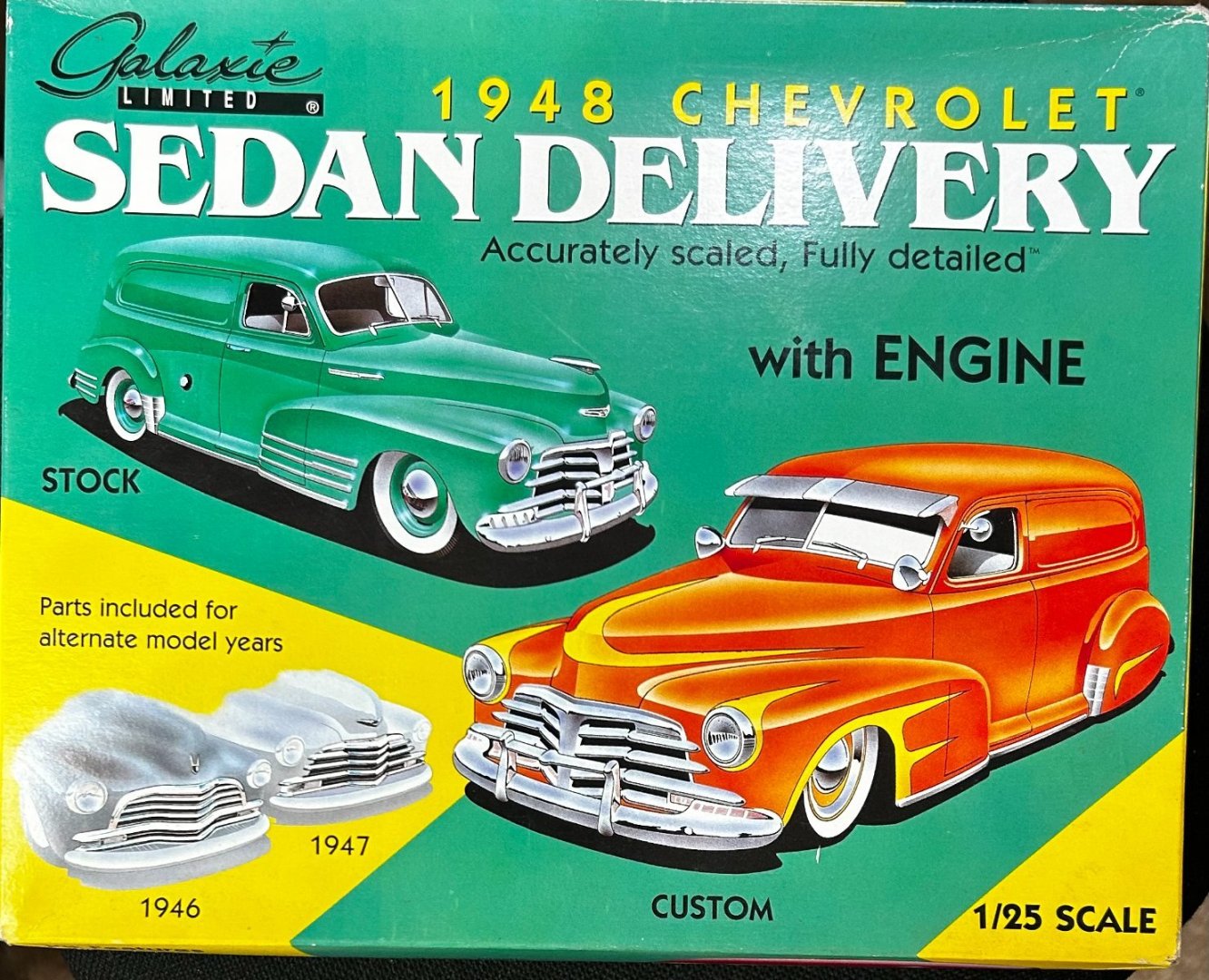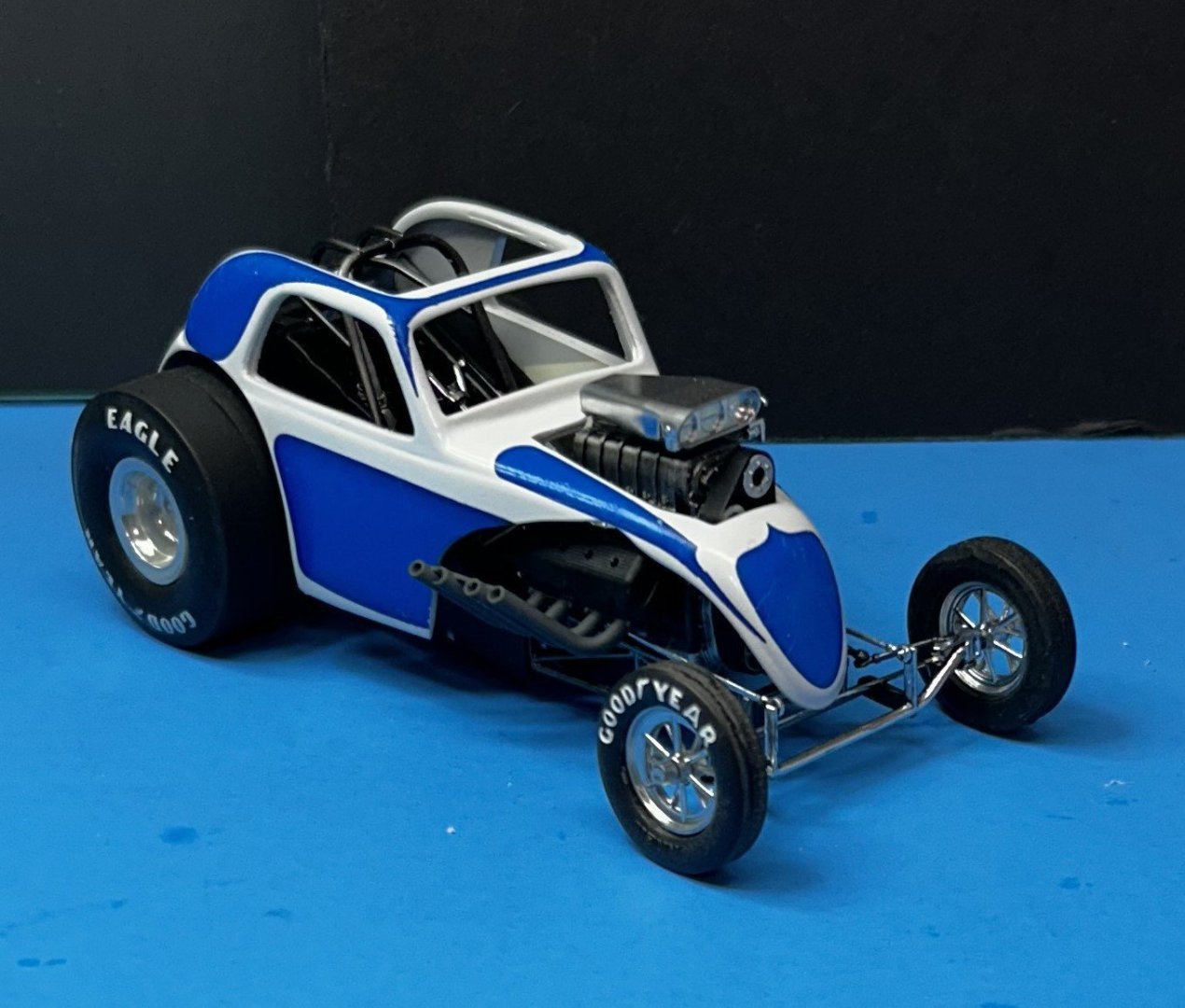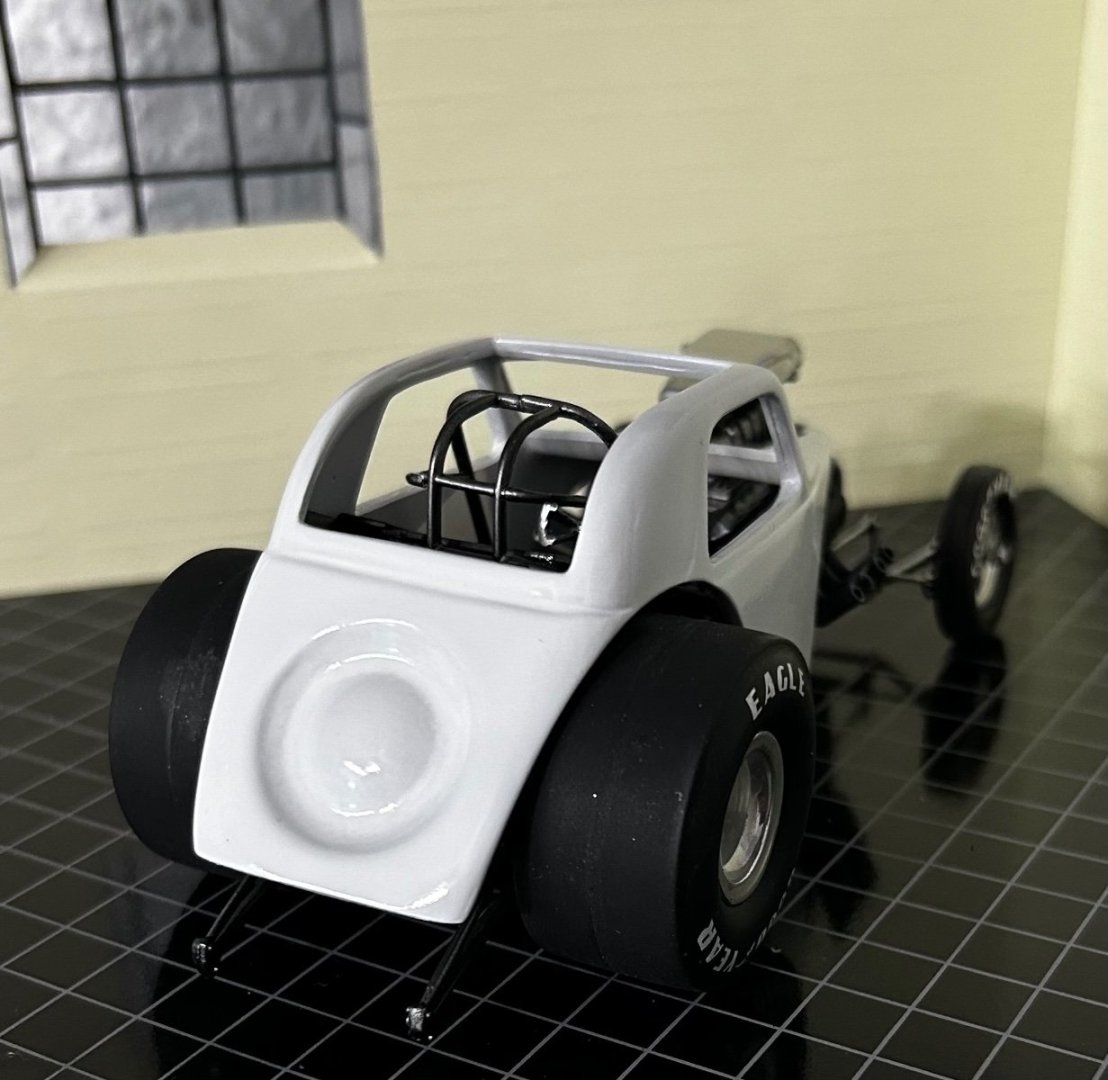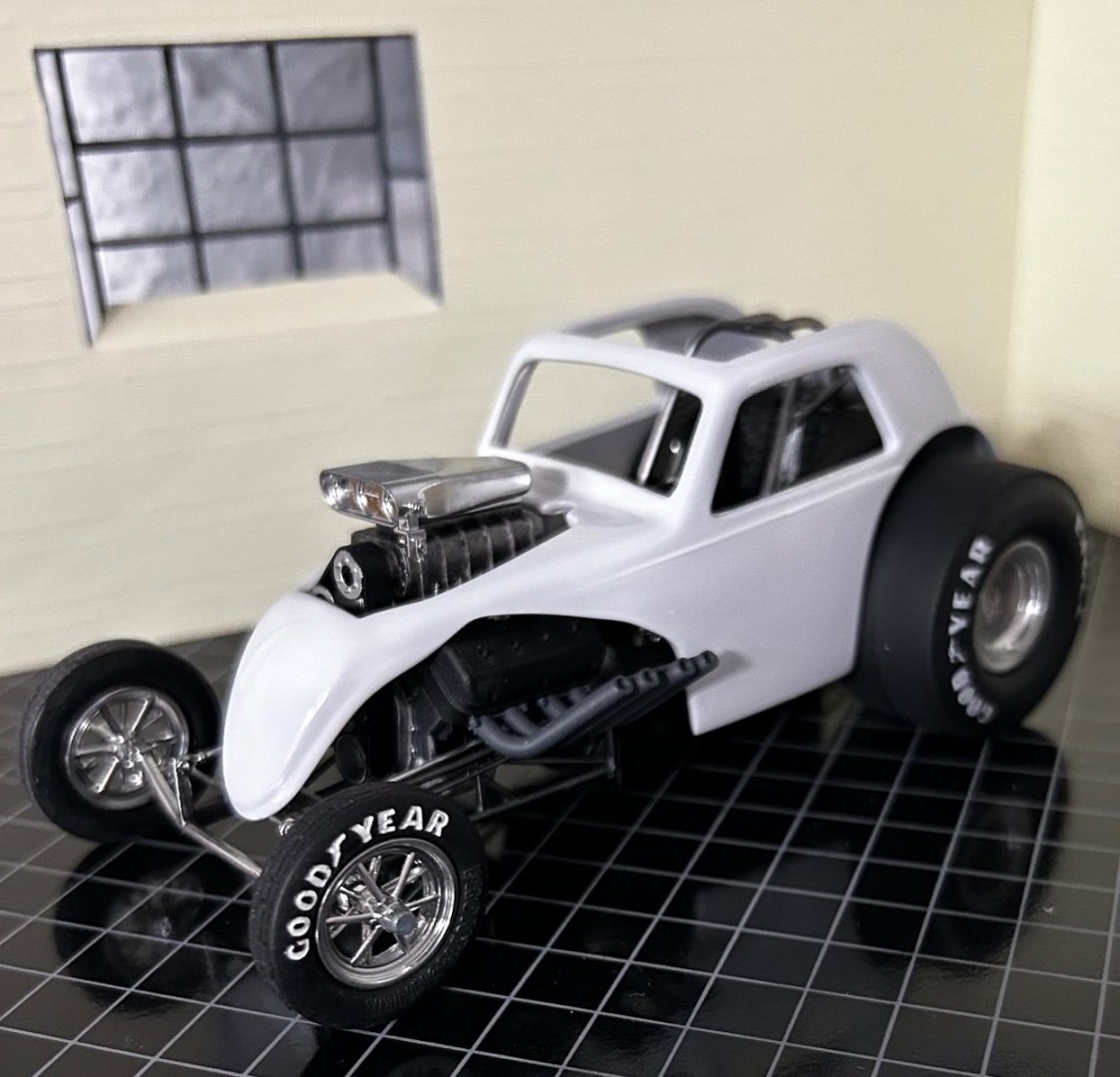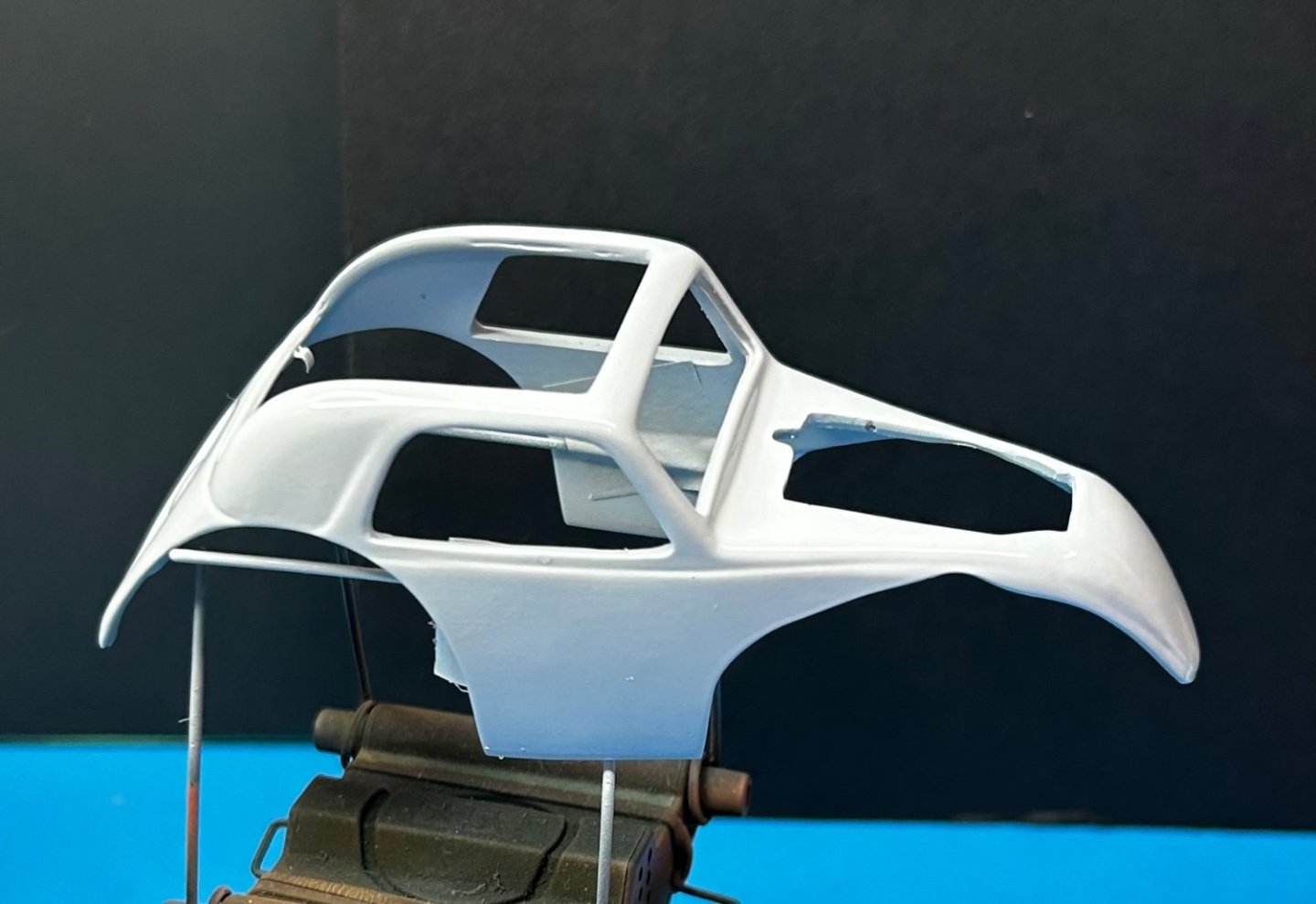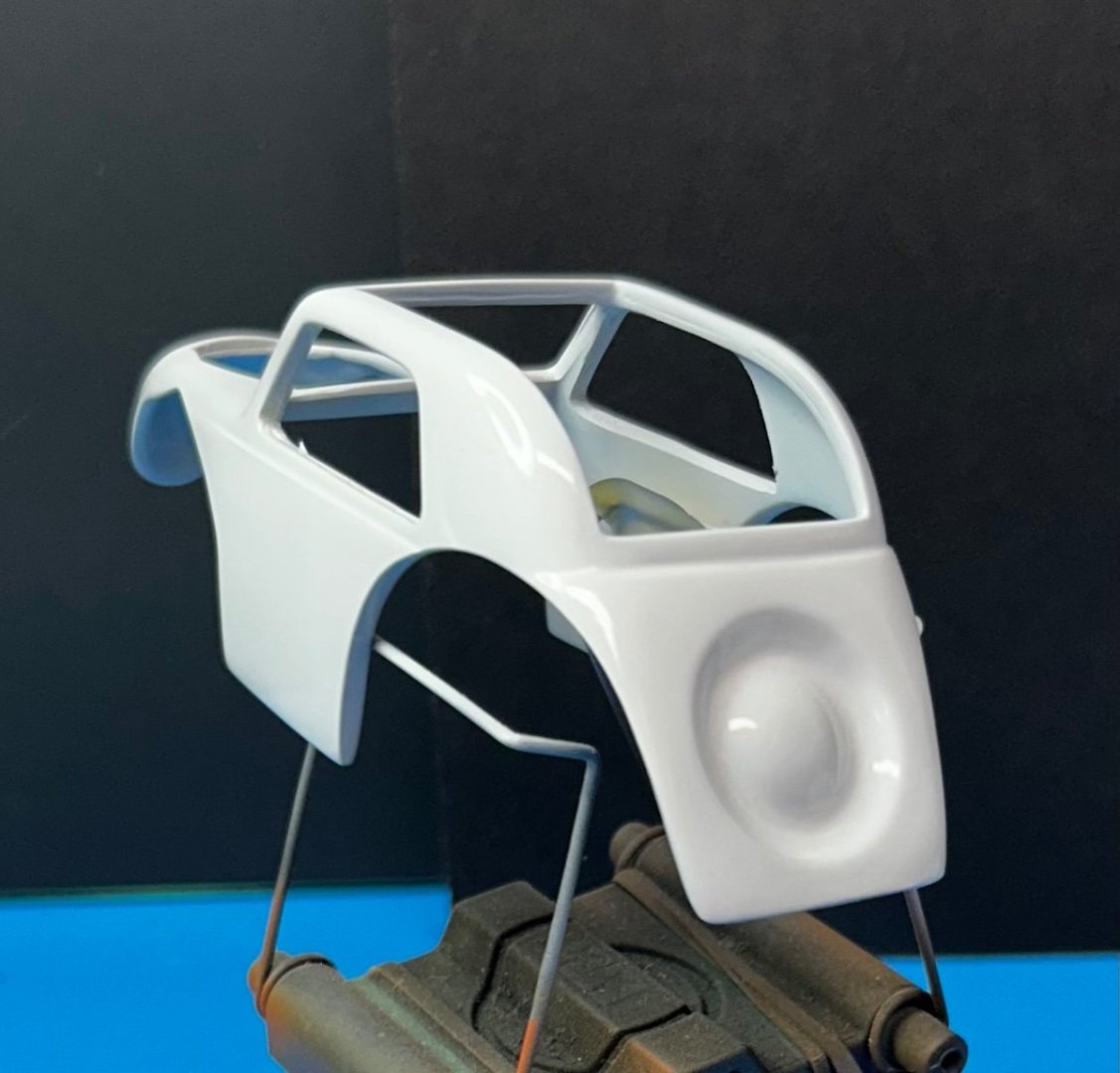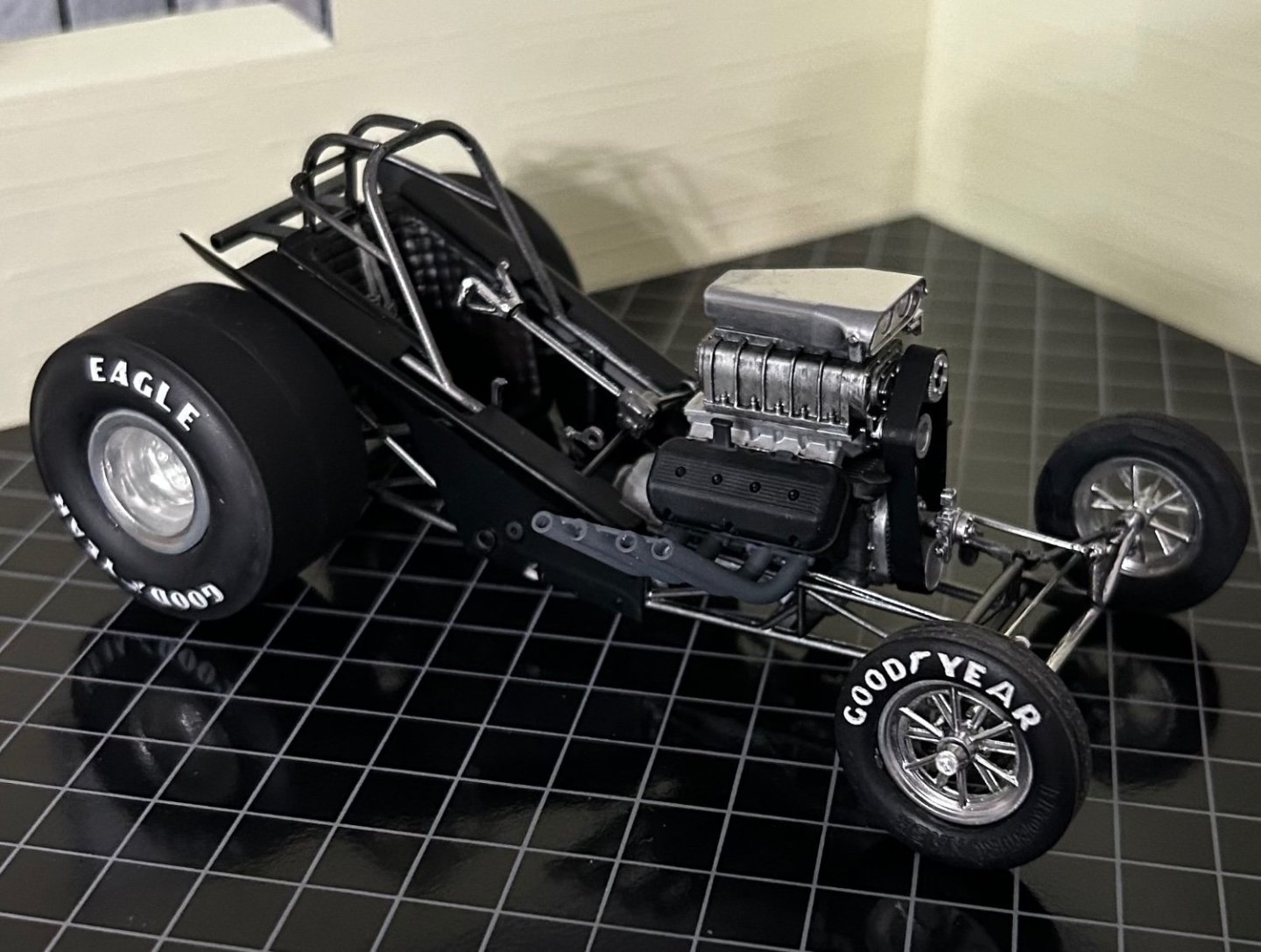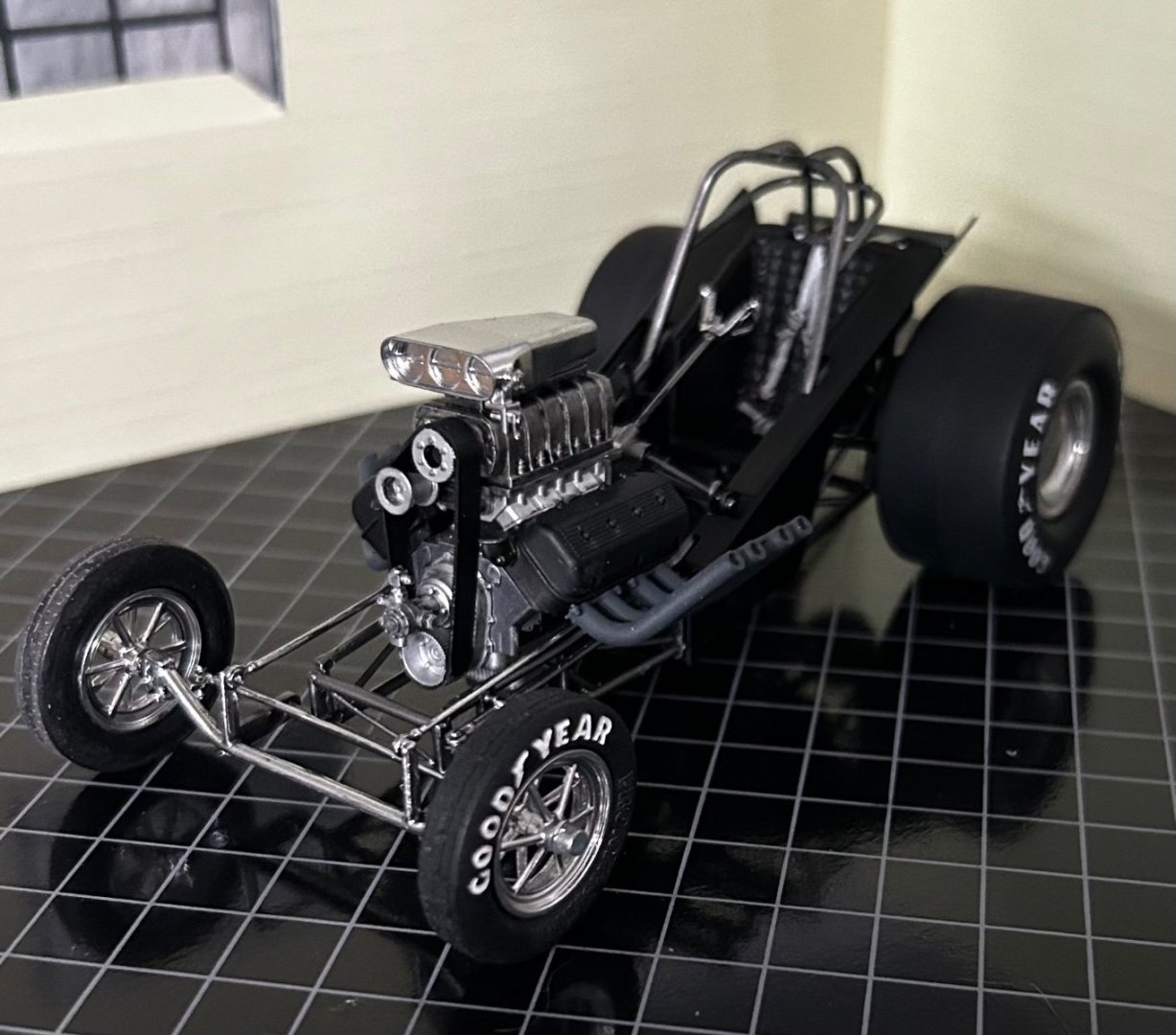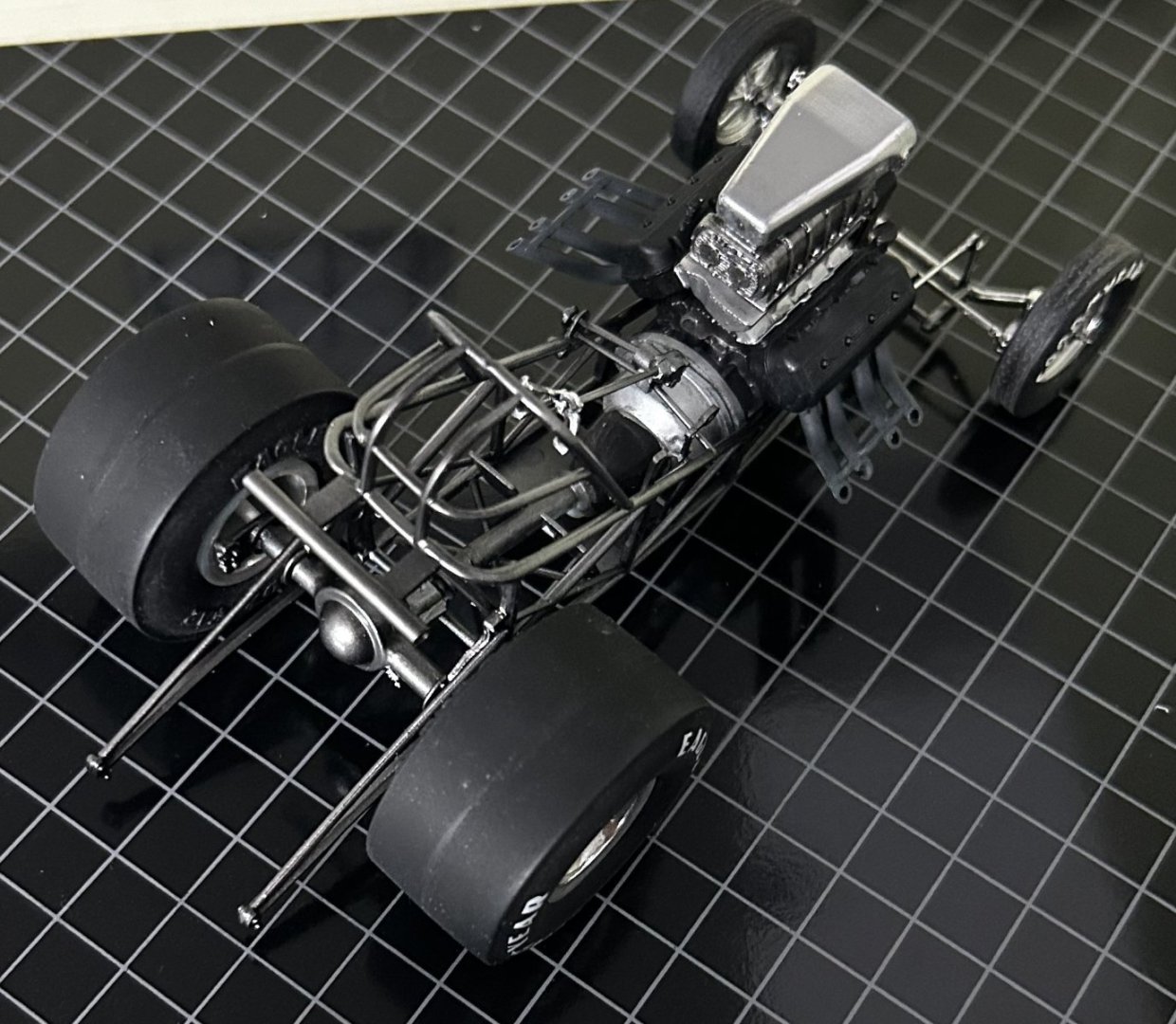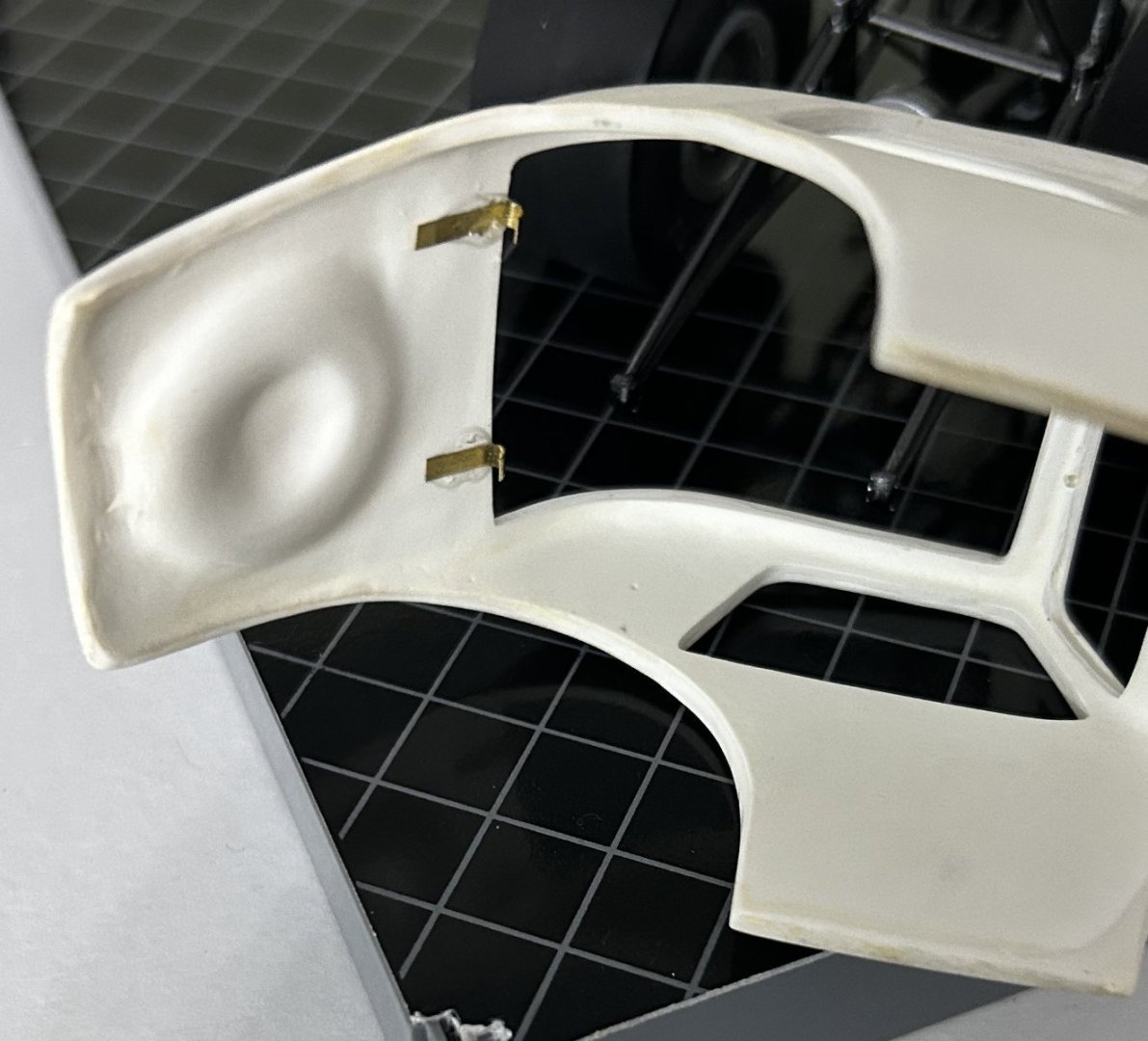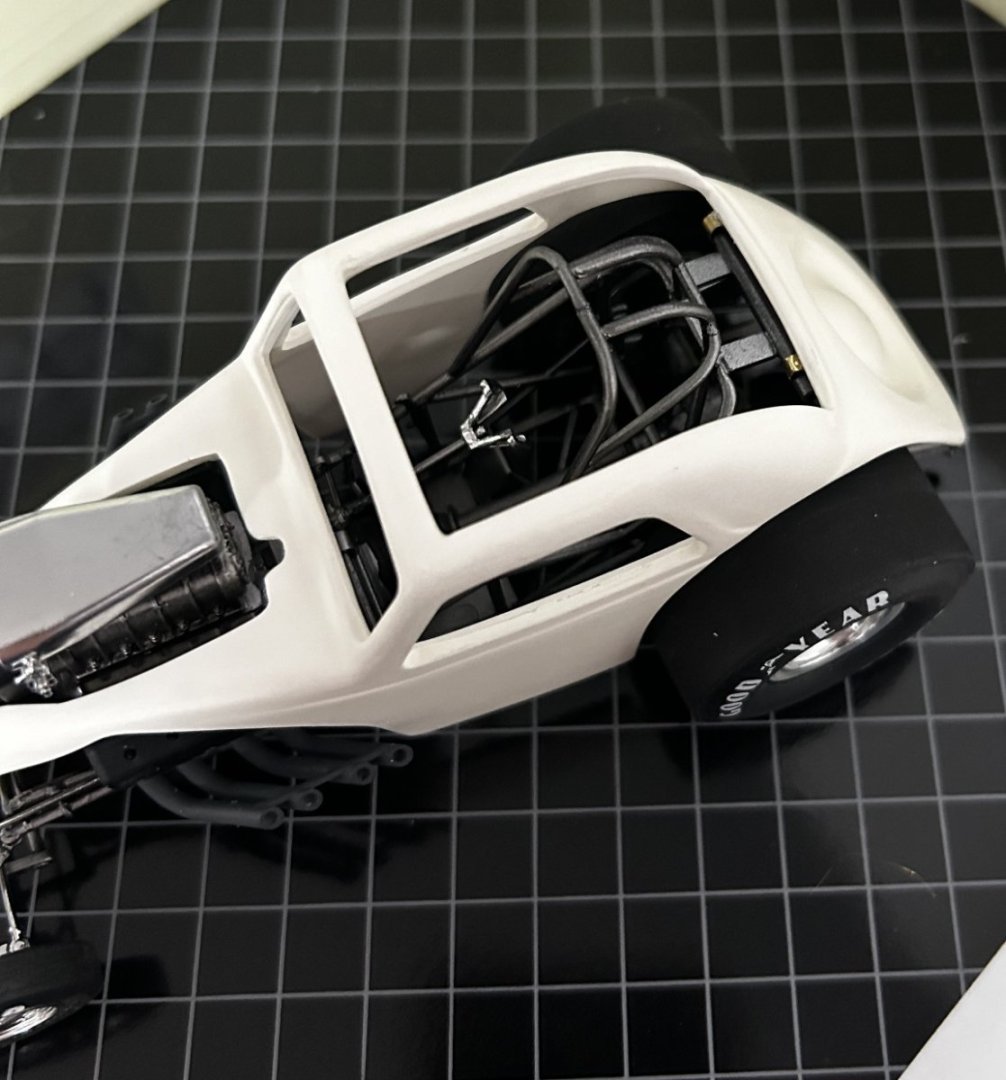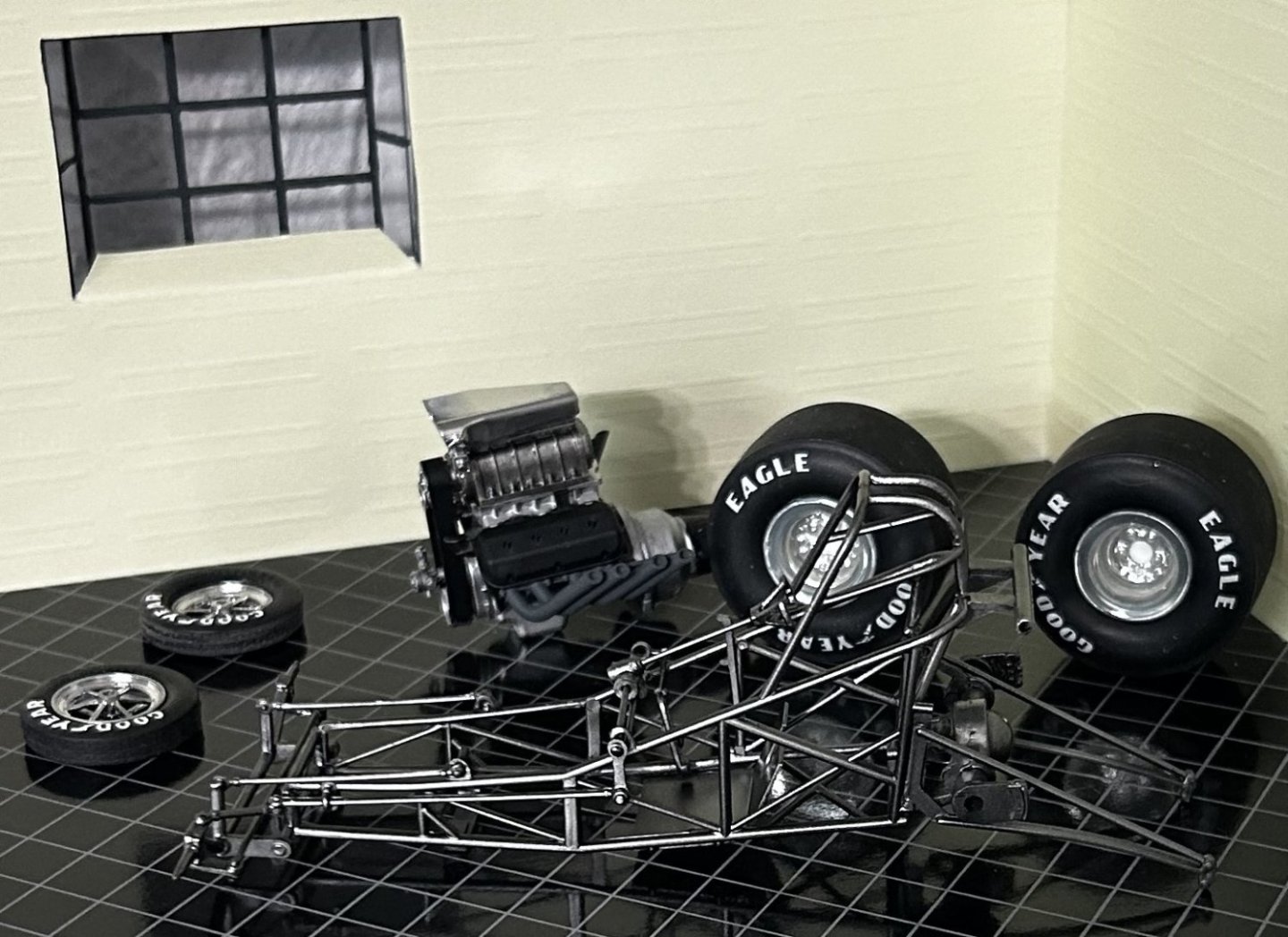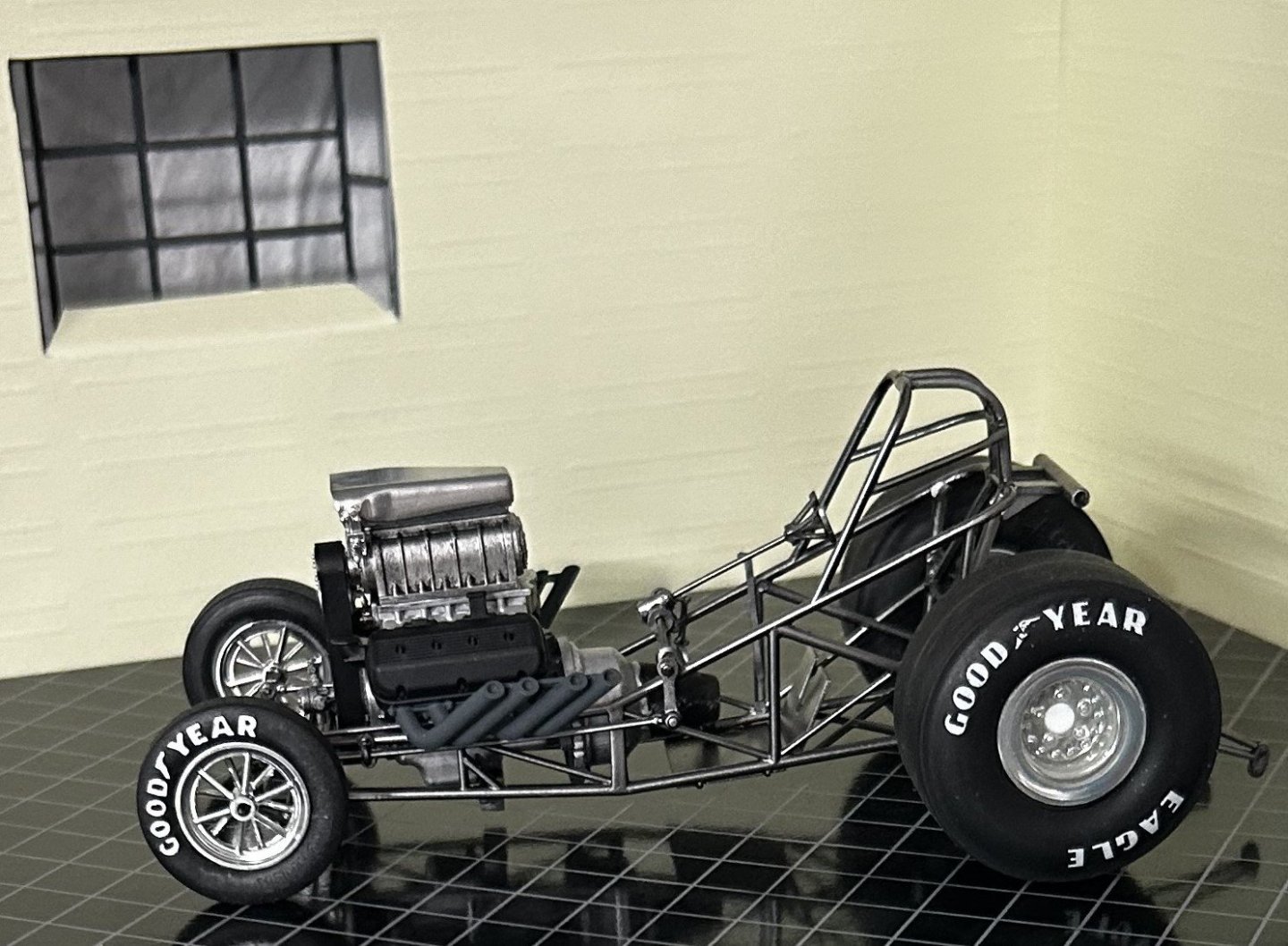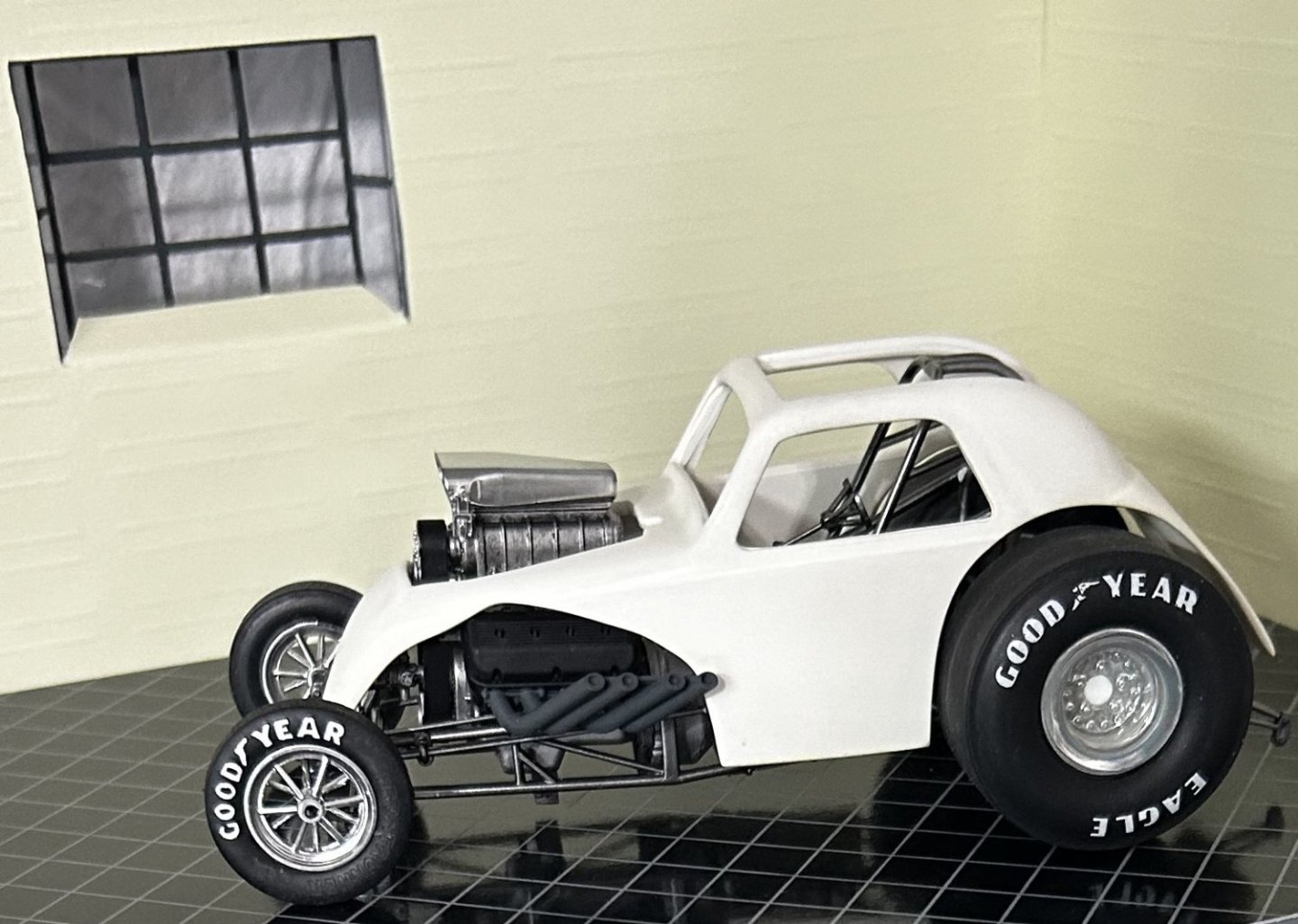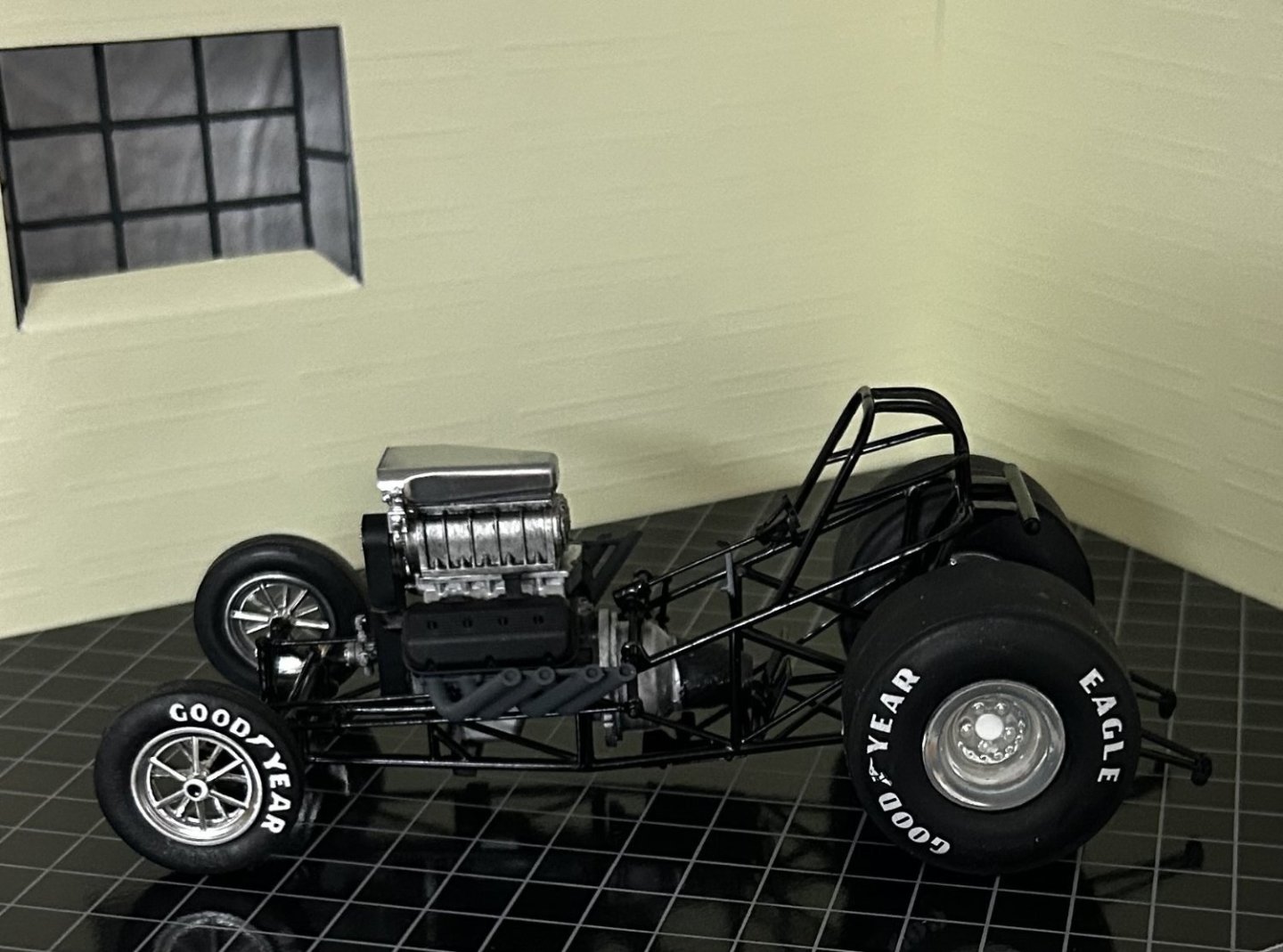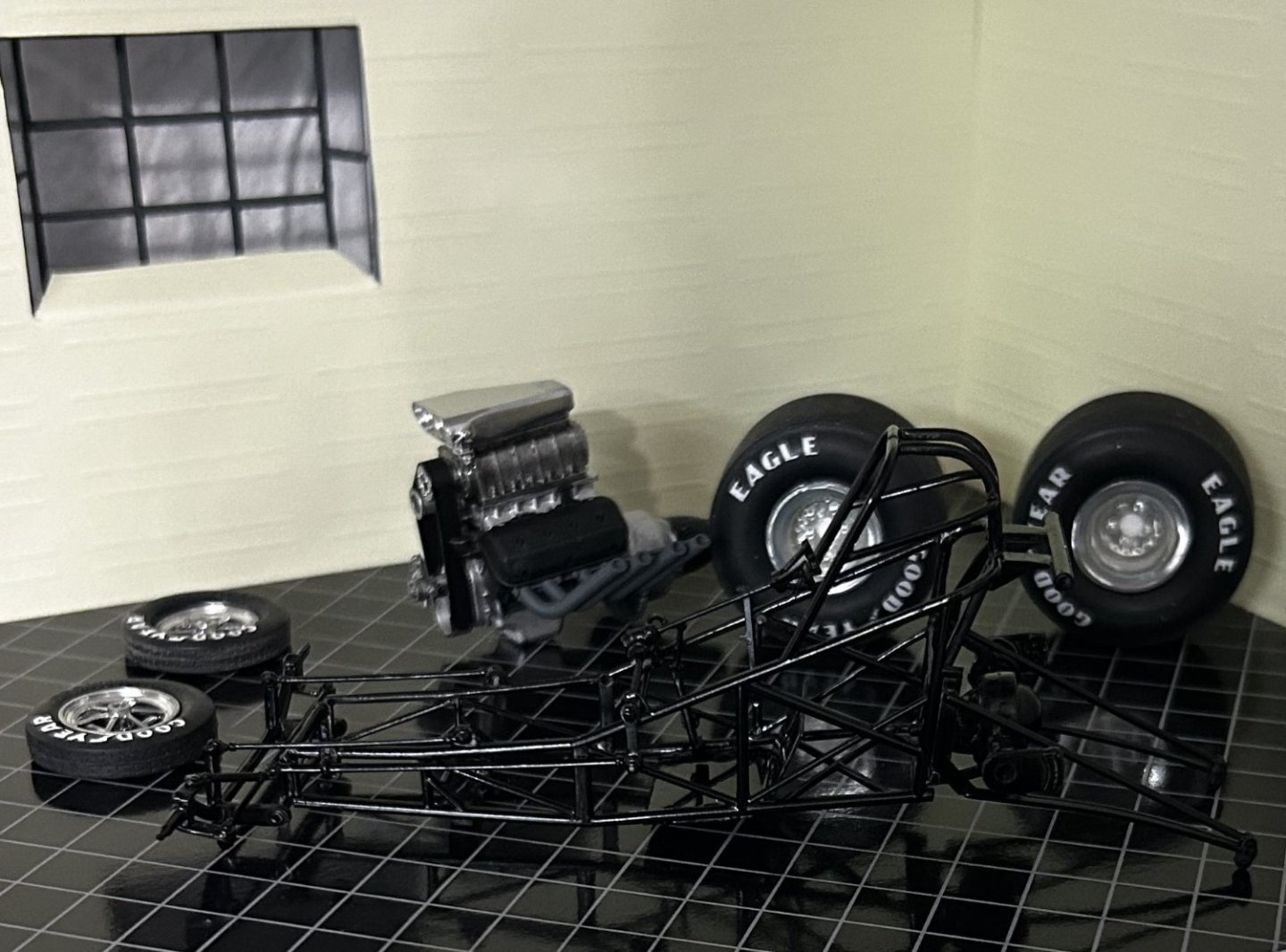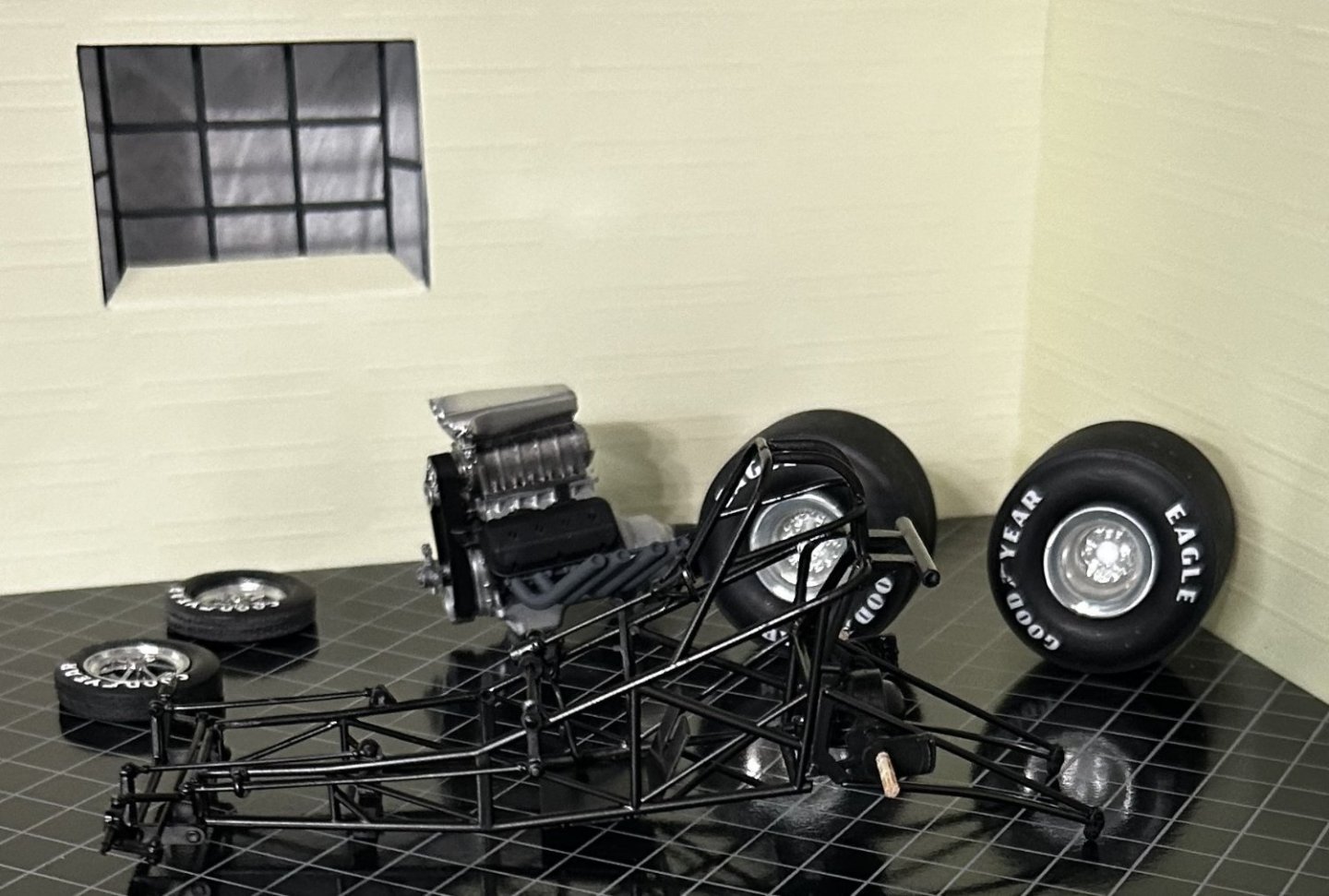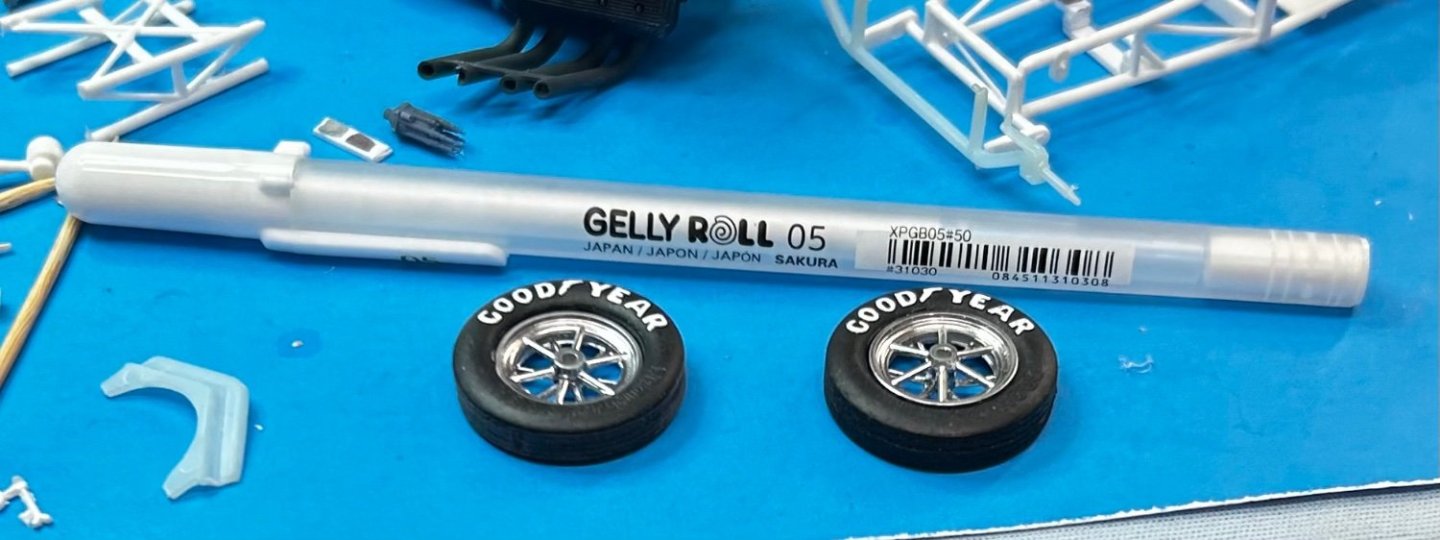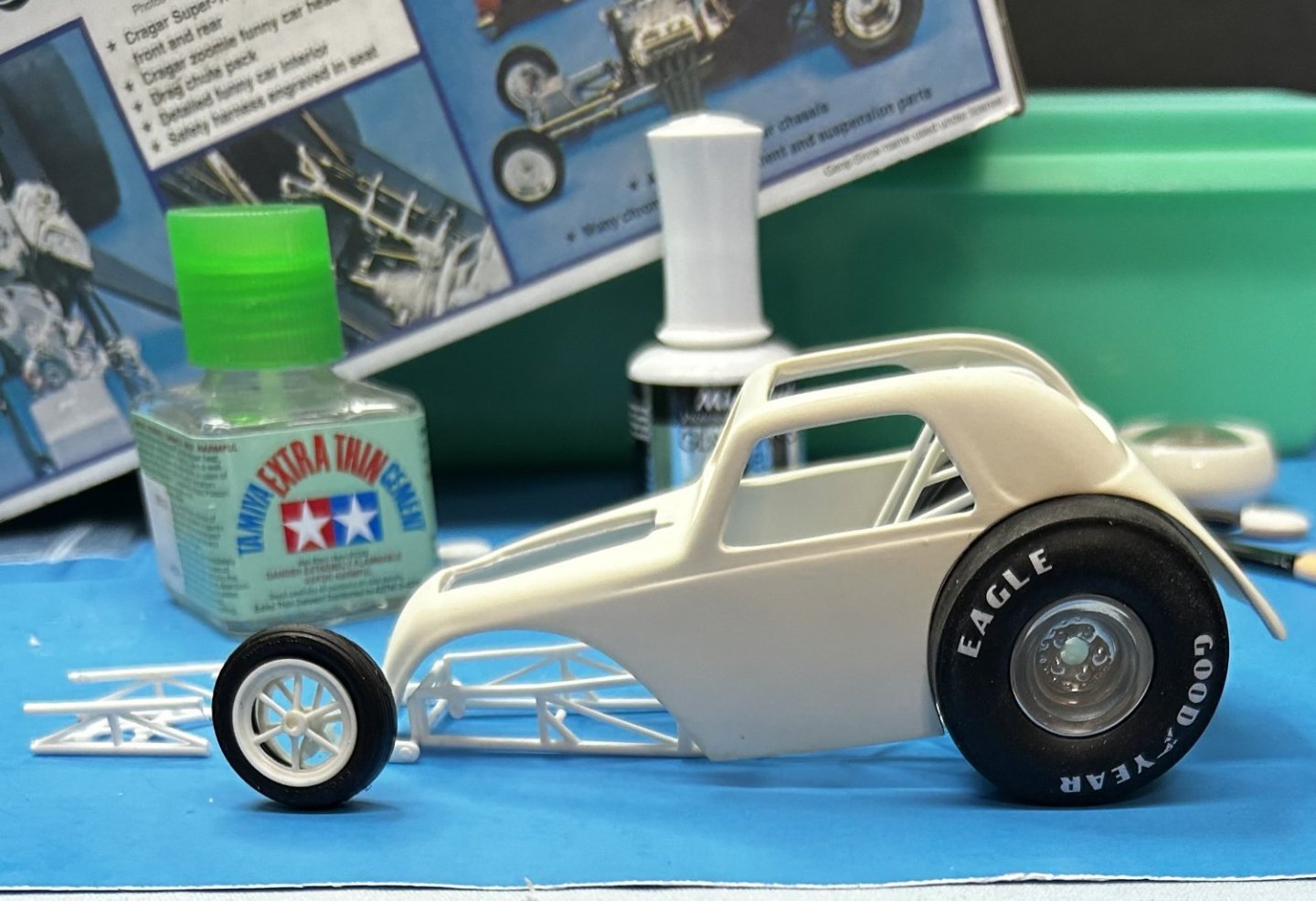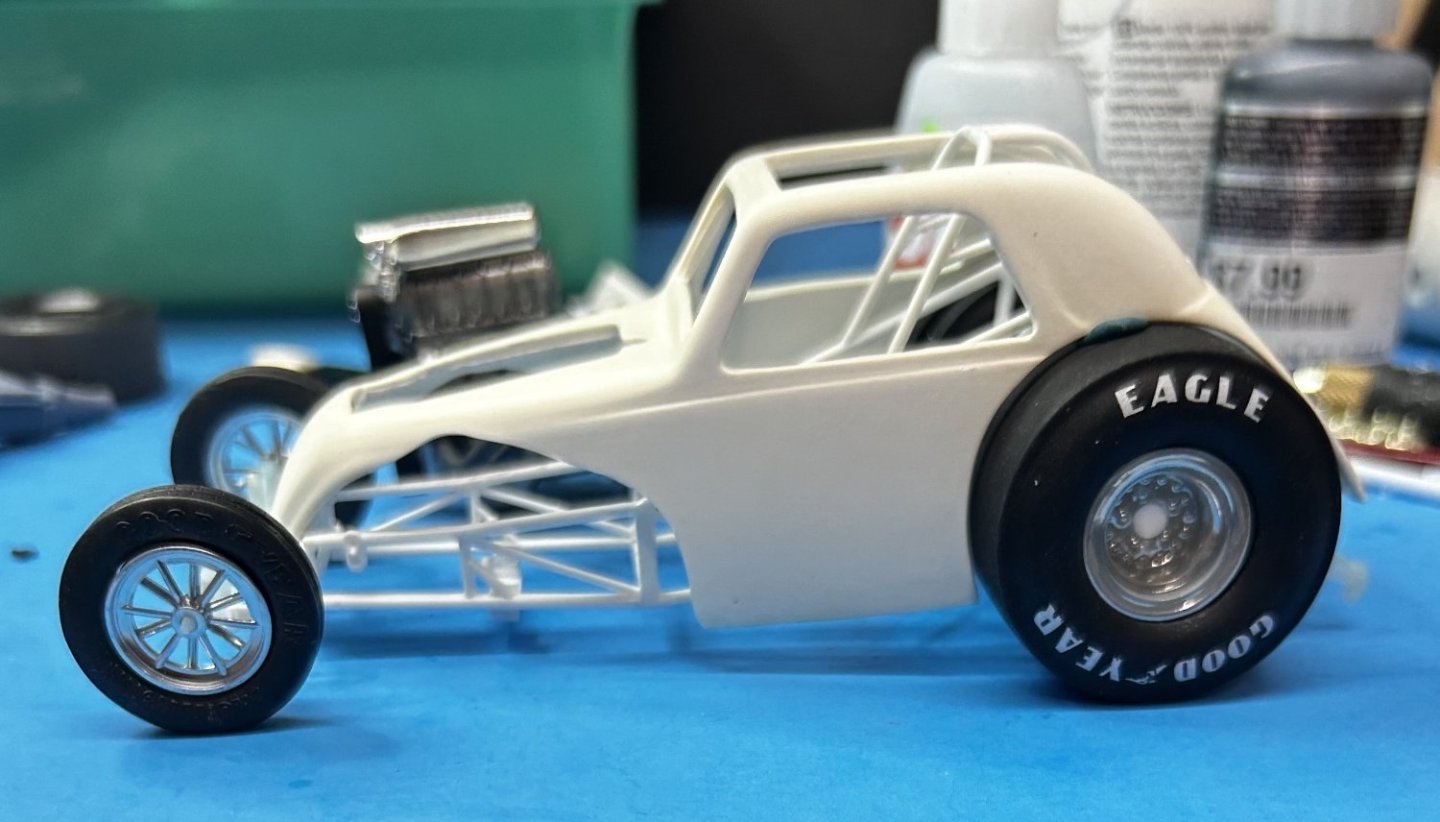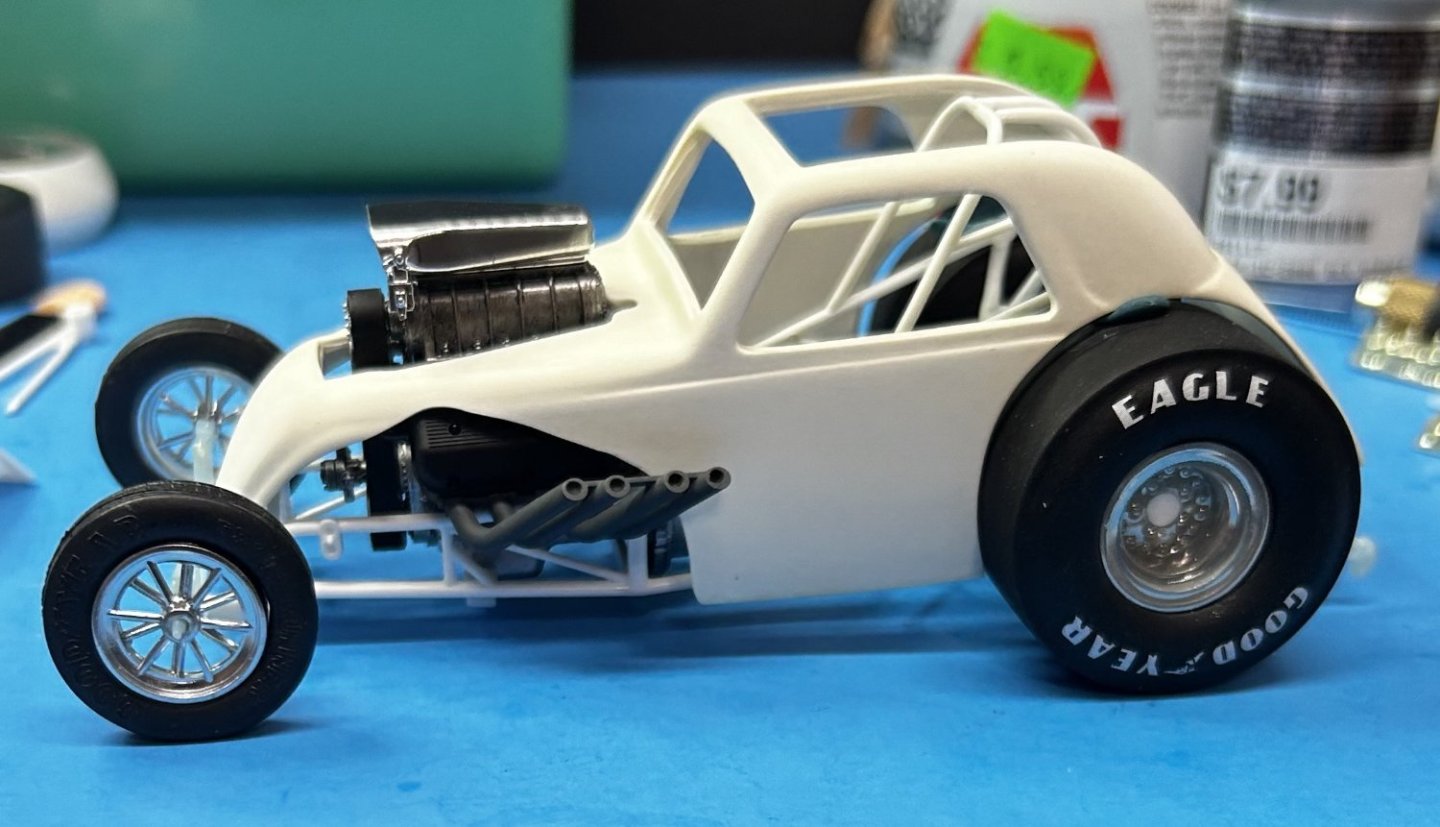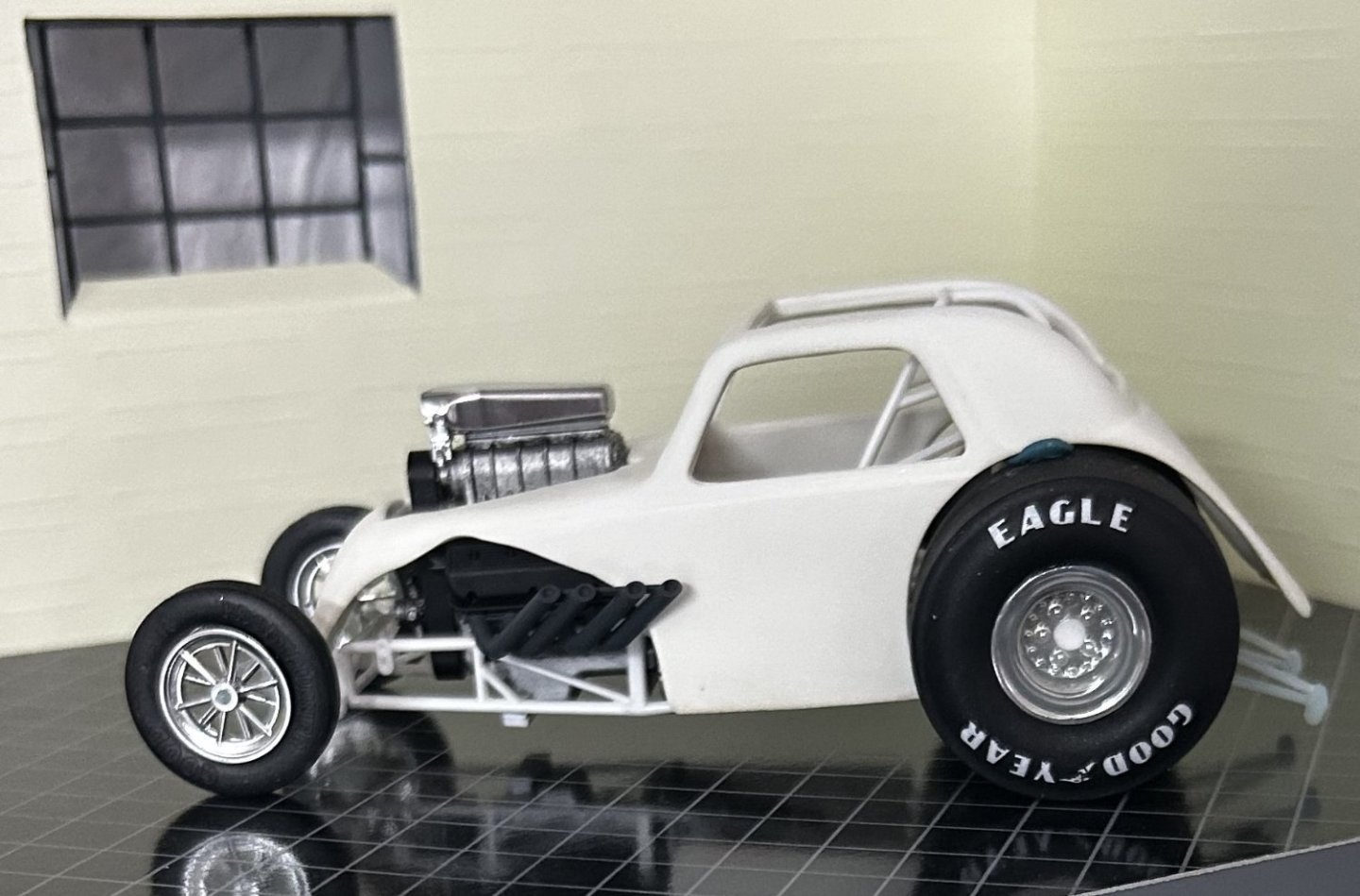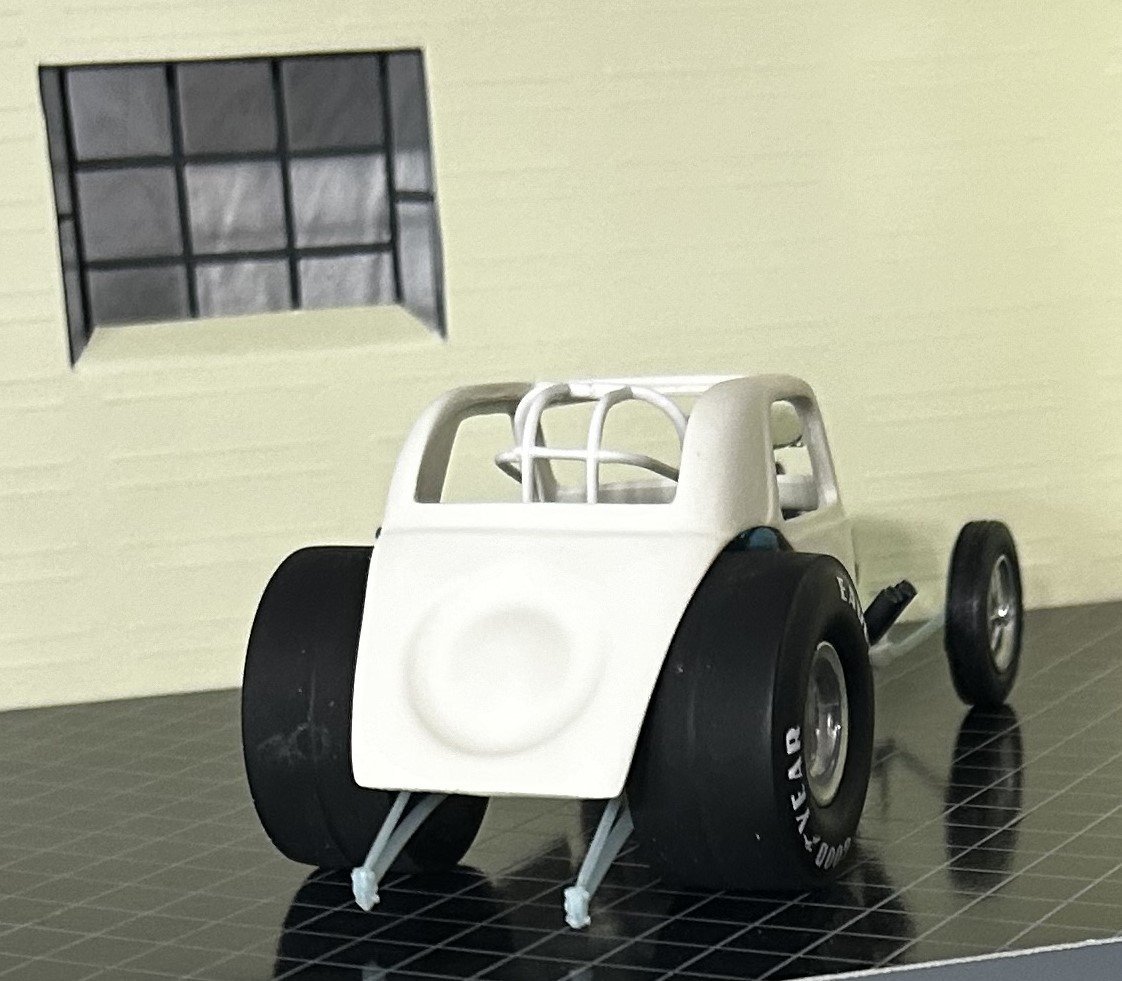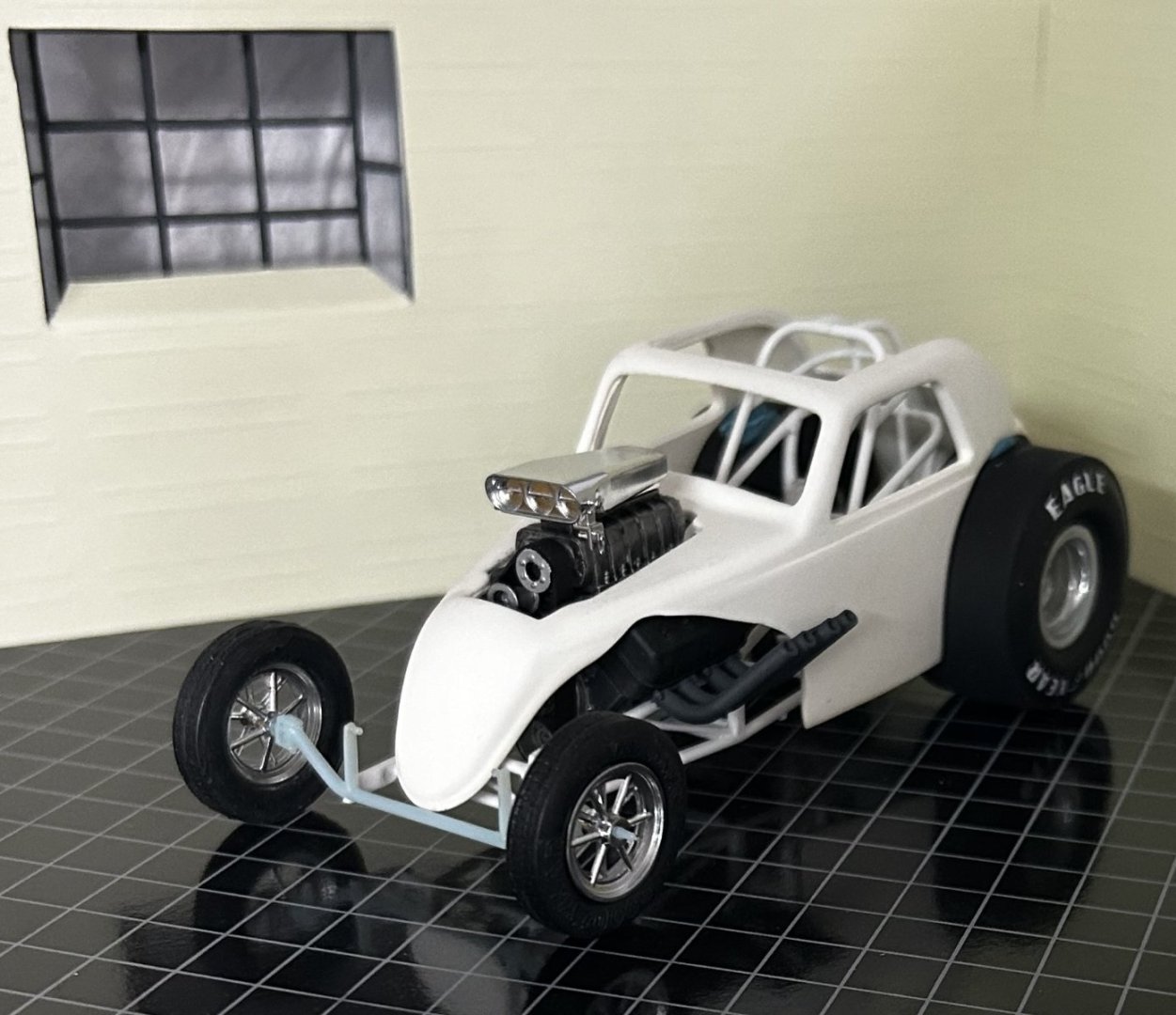-
Posts
7,748 -
Joined
-
Last visited
Content Type
Profiles
Forums
Gallery
Events
Everything posted by CDW
-
Post WW2 Chevy model cars were few and far between (maybe nonexistent?) before Galaxie Limited came out with the '46-'47-'48 Sedan Delivery, the Sedan, and the Coupe models in the late '90's. Besides these Chevys, the company out of Wisconsin also produced a series of single, double, and triple axel trailer models. Other than that, I'm not aware of any other kits they produced. The company disappeared almost as quickly as they came upon the scene. Their Chevy models are excellent IMO, and the same goes for the trailers. There are not a lot of quality plastic injection molded trailer kits out there so the Galaxie Limited kits filled that void very nicely. You can still acquire their kits on sites such as Ebay as well as swap meets but you will be lucky to find one at a hobby shop. I don't know a thing about who currently owns the molds or if there are any plans for these to become available again one day in the near future. For the quality of their products, I am surprised someone else hasn't already run another production line of them. Here, I'll lay out photos of the instructions, decal sheet, and parts trees for you to see before I start taking the parts off the sprues. Very cleanly molded, nice, thin plastic with no flash.
-

Ferrari 312t by kpnuts - Revell - 1/12 - PLASTIC
CDW replied to kpnuts's topic in Completed non-ship models
Beautiful model! -
I didn't expect to find the time to do what I did today, but since I did, I'm going to call this one finished for now. I yet need to install all the plumbing but that will be a little tedious and time consuming and I want to do it when I'm good and ready to sit down a few more hours to finish that task. I can always update the post with some more photos later if they seem worth posting. There are some other things I want to move on to soon.
-

Nissan Fairlady 240Z by kpnuts - Tamiya - 1/12 - PLASTIC
CDW replied to kpnuts's topic in Completed non-ship models
Great model. It brings back a lot of memories for me as I once had a '73 Datsun 240Z. When my carburetors started giving me trouble, I bought a set of Webers to replace them. Back then, spare parts were more difficult to acquire for a foreign car and the Weber carbs were a big improvement over my faulty ones. My brother liked it so well, he bought a 260 ZX the very first year they came out. The domestic, Fairlady version has a few notable cosmetic differences but for all intent and purpose, it's pretty much the same as the 240Z as far as I can see. -
Got a nice white lacquer paint job on the body now. Will give it a day or two before placement of decals. Chassis is 90% or more complete now with a hand brake/master cylinder package, a gear shifter, and a clutch pedal to add before doing the plumbing. Oh, there’s a fuel tank to add as well as the parachute package. I can see the finish line now. Maybe this weekend will wrap it up?
-

RGS Rotary Snowplow by yvesvidal - DURANGO PRESS - On3 - 1/48
CDW replied to yvesvidal's topic in Non-ship/categorised builds
Beautiful engine, Yves. What all is involved in a complete engine overhaul such as what you mentioned. Is it mostly a matter of disassembly, cleaning, oiling, and reassembly? With some of the engines, it must be a chore finding spare parts, or is it? -
I fashioned some support brackets with a bar/tube as a hinge point for the body. Without completely butchering the body for clearance, I could not get a satisfactory hinge that would allow the body to clear the engine and wheelie bars if swung upward. So, I opted for the next best thing and made some mounting attachments for the read body support to the frame. The fiberglass body would be lifted off the chassis for engine, chassis, and drive train maintenance in this configuration.
-
Light gray or white would have probably been best in this case. Live and learn I say. Here, I went ahead and shot AK Xtreme metal steel over the Alclad. This is closer to what I wanted, maybe a little too light. I would say this looks more like stainless steel but still preferable over what I had before. I'll live with it. I'll add a few touches of chrome parts here and there to break it up a bit. Front axle will definitely get chrome, probably the radius arms, too.
-
After adding more component parts to the chassis, gave it a primer coat of Tamiya gloss black lacquer to underlie the Alclad steel paint to follow. I am not so certain gloss black was the correct color to underlie Alclad steel. Seems it should be a tad lighter in color once the steel color is applied. You can see some difference, but not much.
-
When building a custom kit-bash like this one with a resin body, there is a lot of fitting, filing, sanding, test-fitting, in numerous attempts to get the body sitting just the way you want it. Like carpenters say, you can make additional cuts, but you can't add material if cut too far. To make the body clear the zoomie headers, the valve covers, and blower assembly to get that certain "rake" on the body, it's been a slow-moving process. To add to it, one must take special precaution when cutting, sanding, or filing resin as the resin dust is particularly hazardous for our upper respiratory system. The only safe way to do it is wet-sanding, wet-filing, and wet-cutting. What's going to take a little additional time is to scratch build a hinge for the rear of the body-to-frame attachment that will allow the body to flip back, similar to how the Orange Crate model was done. It will be another cut, fit, adjust, and repeat type arrangement. Once that task is completed, the rest of the build should go smoothly by comparison.
-
Thanks for your concern, Bruce. For many years now, at least since the 90's, I have often said to my friends that this drug culture that is upon us in such a heinous way is the most significant spiritual problem of our lifetime. It's only growing worse it seems as massive numbers of our youth fall victim to it all over the country.
-
Real life issues have prevented modeling time lately. My nephew suddenly and unexpectedly lost his 19-year-old grandson. His memorial service was recently held at a large family/friends gathering nearby. When she was a child, I used to take his mother (my great-niece) with us on outings with my young children. She is about the same age as my oldest son. So sad to see her lose her son that way. Earlier this week, what little time I had to spend on my model was trimming and fitting the body over the engine, trying to find the sweet spot to build my motor mounts and body mounts. I think I am real close now to sealing the deal on engine and body location.
-
Very impressive model. Congratulations on the completion of it. I enjoyed the journey with you and the Bismarck.
-
Thanks Yves. This engine comes from Texas 3D Customs. They produce some real nice 3D resin prints in a large variety of scales. Mostly car and truck modeling items. I have a couple of their Ferrari engines as well for the 250 GTO and the 250 Testarossa. Texas 3D Customs – Texas3DCustoms (tx3dcustoms.com)
About us
Modelshipworld - Advancing Ship Modeling through Research
SSL Secured
Your security is important for us so this Website is SSL-Secured
NRG Mailing Address
Nautical Research Guild
237 South Lincoln Street
Westmont IL, 60559-1917
Model Ship World ® and the MSW logo are Registered Trademarks, and belong to the Nautical Research Guild (United States Patent and Trademark Office: No. 6,929,264 & No. 6,929,274, registered Dec. 20, 2022)
Helpful Links
About the NRG
If you enjoy building ship models that are historically accurate as well as beautiful, then The Nautical Research Guild (NRG) is just right for you.
The Guild is a non-profit educational organization whose mission is to “Advance Ship Modeling Through Research”. We provide support to our members in their efforts to raise the quality of their model ships.
The Nautical Research Guild has published our world-renowned quarterly magazine, The Nautical Research Journal, since 1955. The pages of the Journal are full of articles by accomplished ship modelers who show you how they create those exquisite details on their models, and by maritime historians who show you the correct details to build. The Journal is available in both print and digital editions. Go to the NRG web site (www.thenrg.org) to download a complimentary digital copy of the Journal. The NRG also publishes plan sets, books and compilations of back issues of the Journal and the former Ships in Scale and Model Ship Builder magazines.

.jpg.7e80607770d9078b2f0b470e8c9c33ac.jpg)

